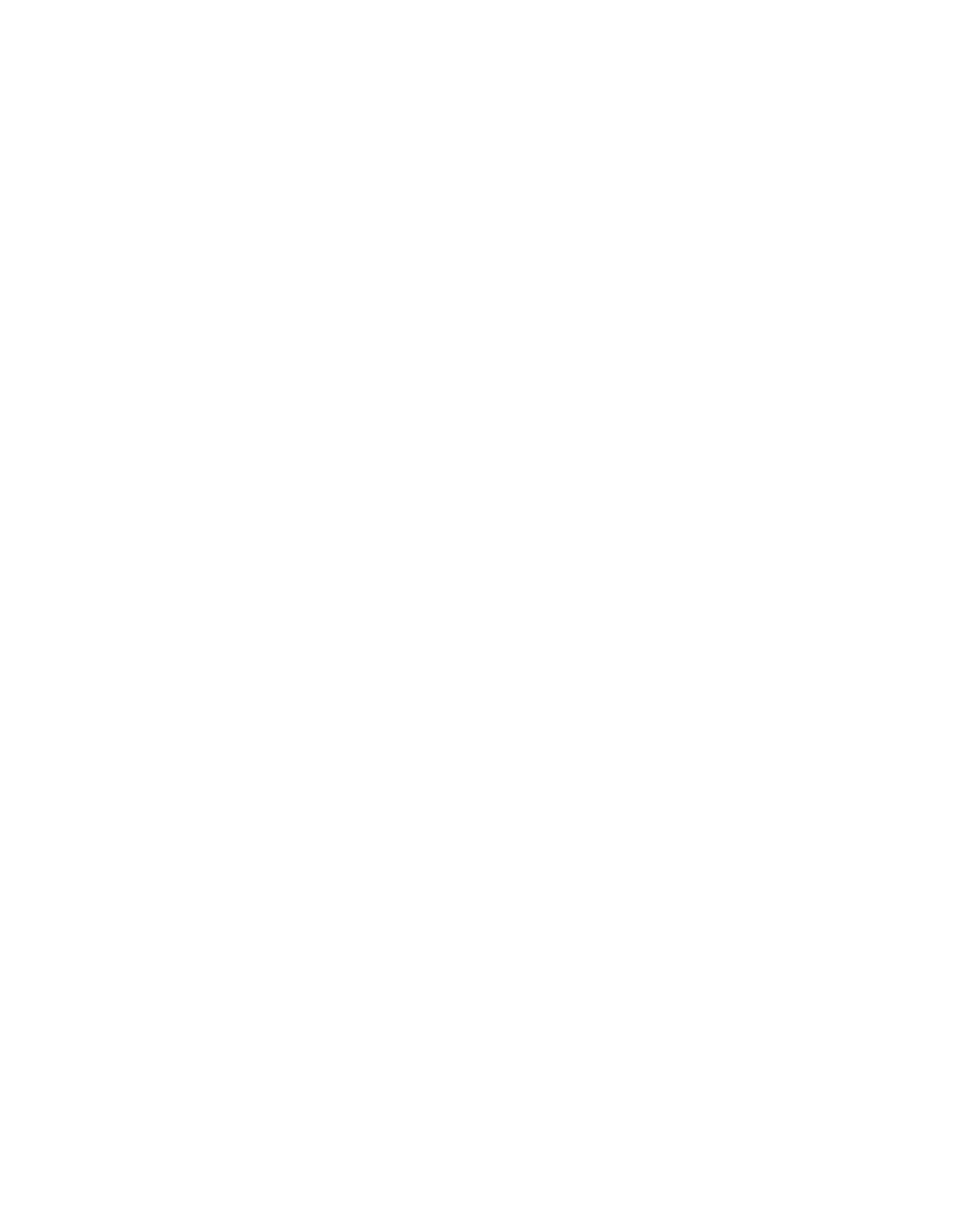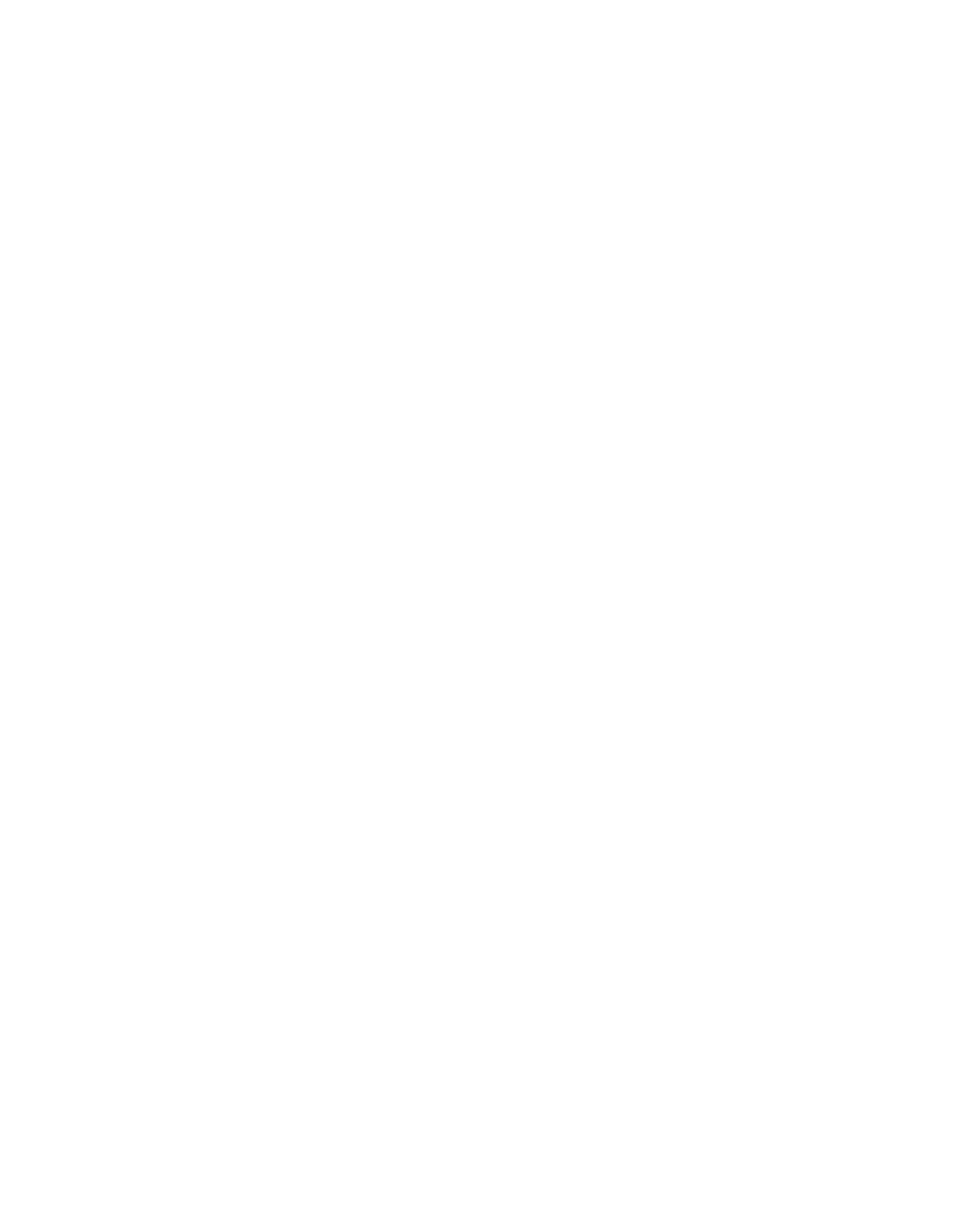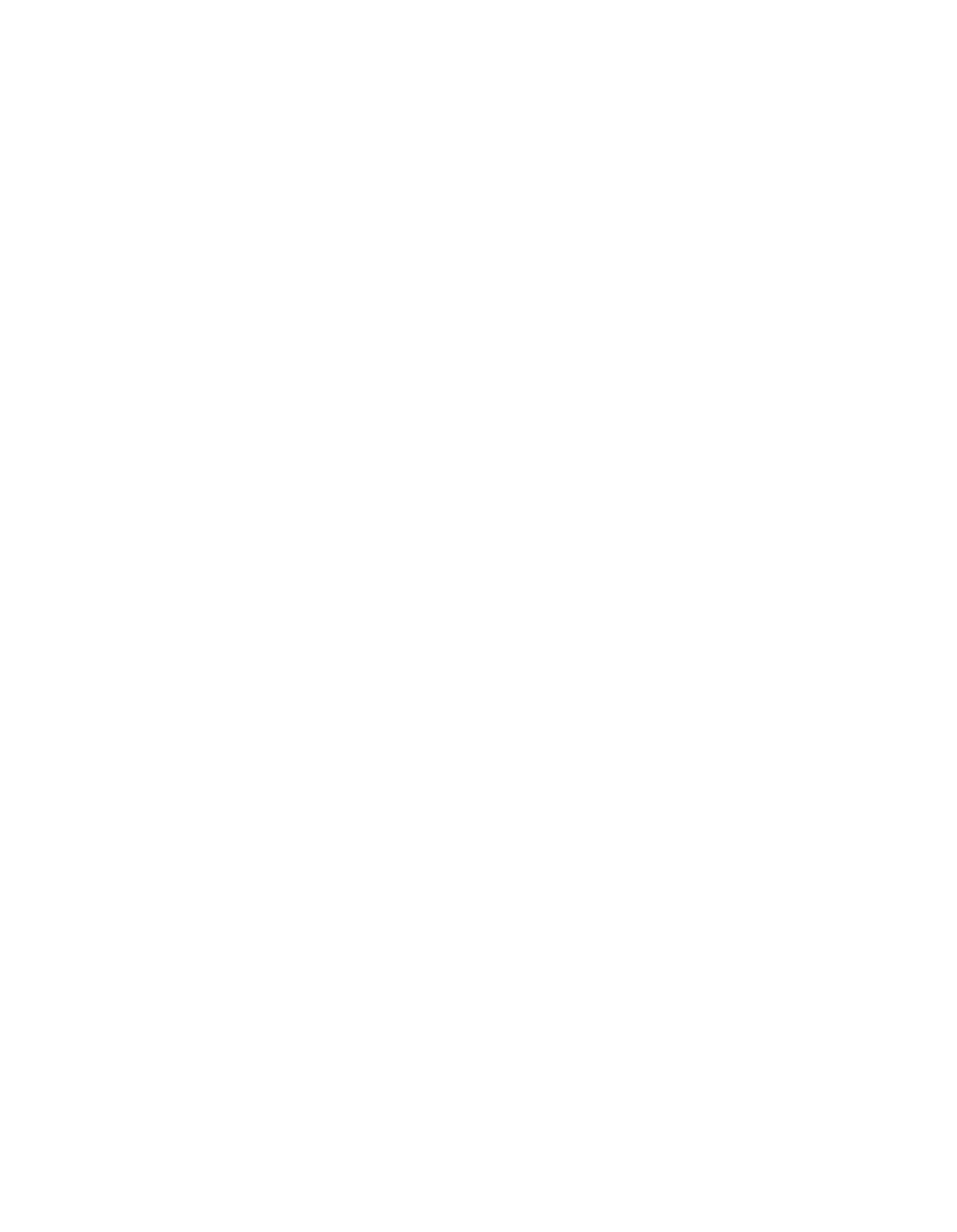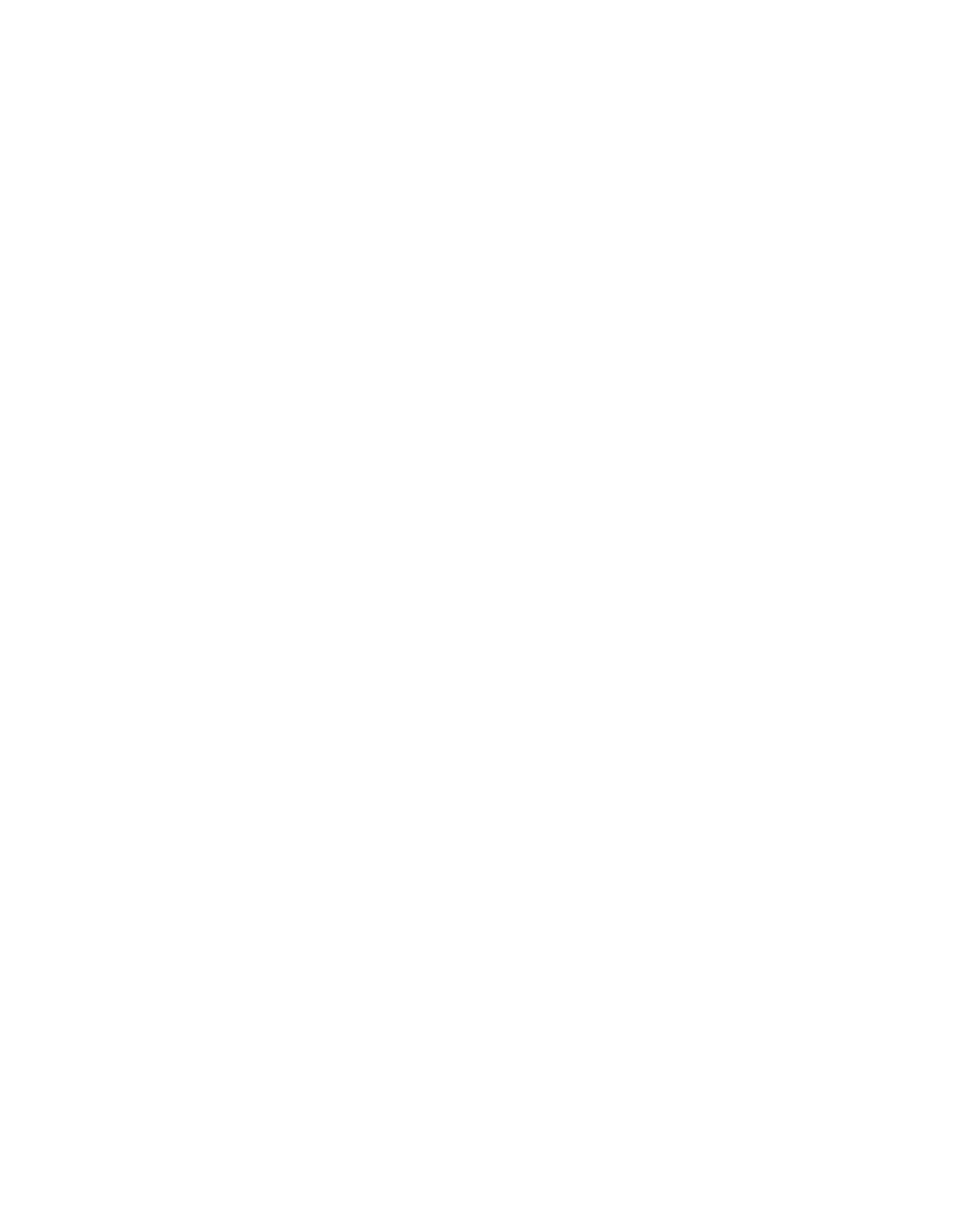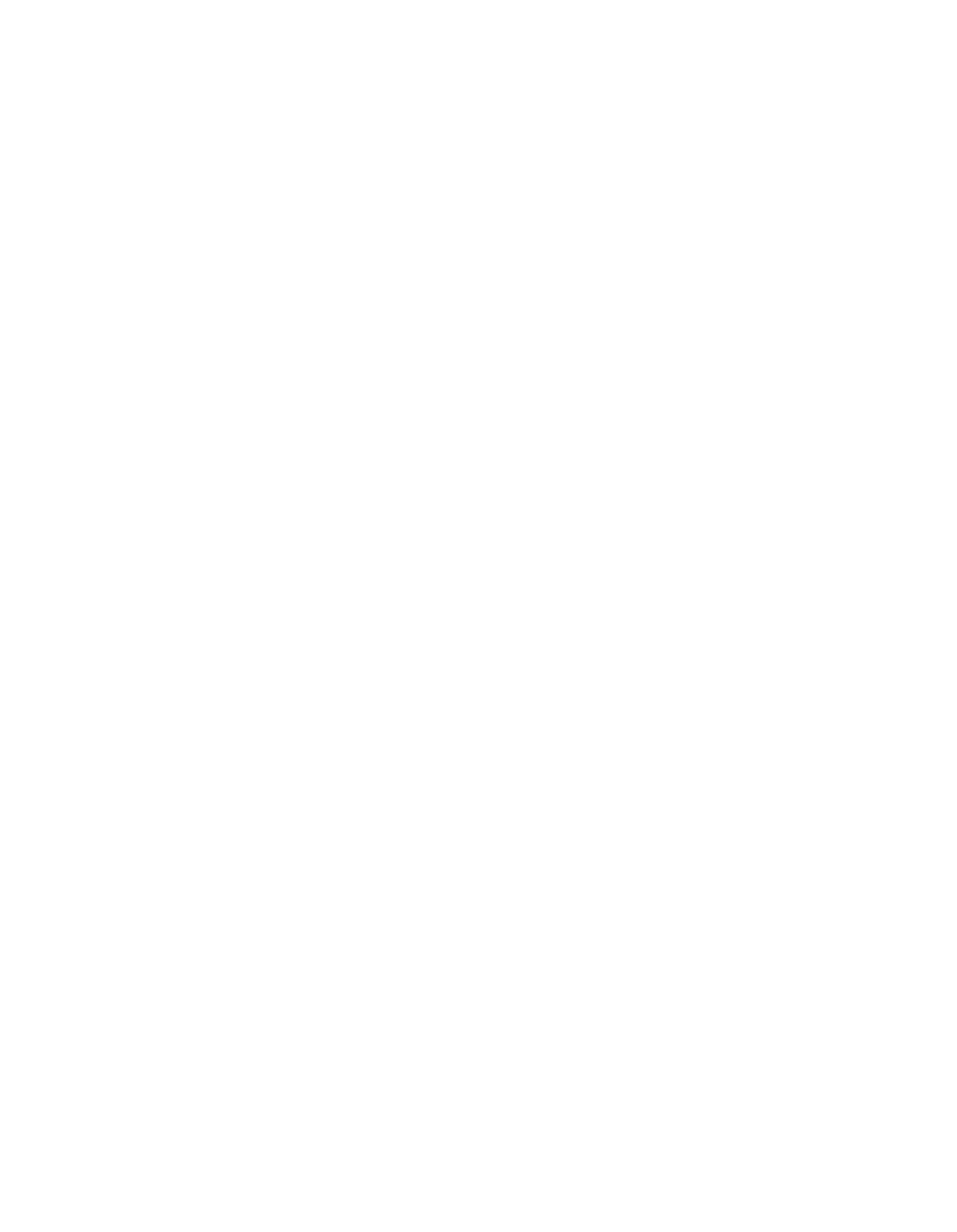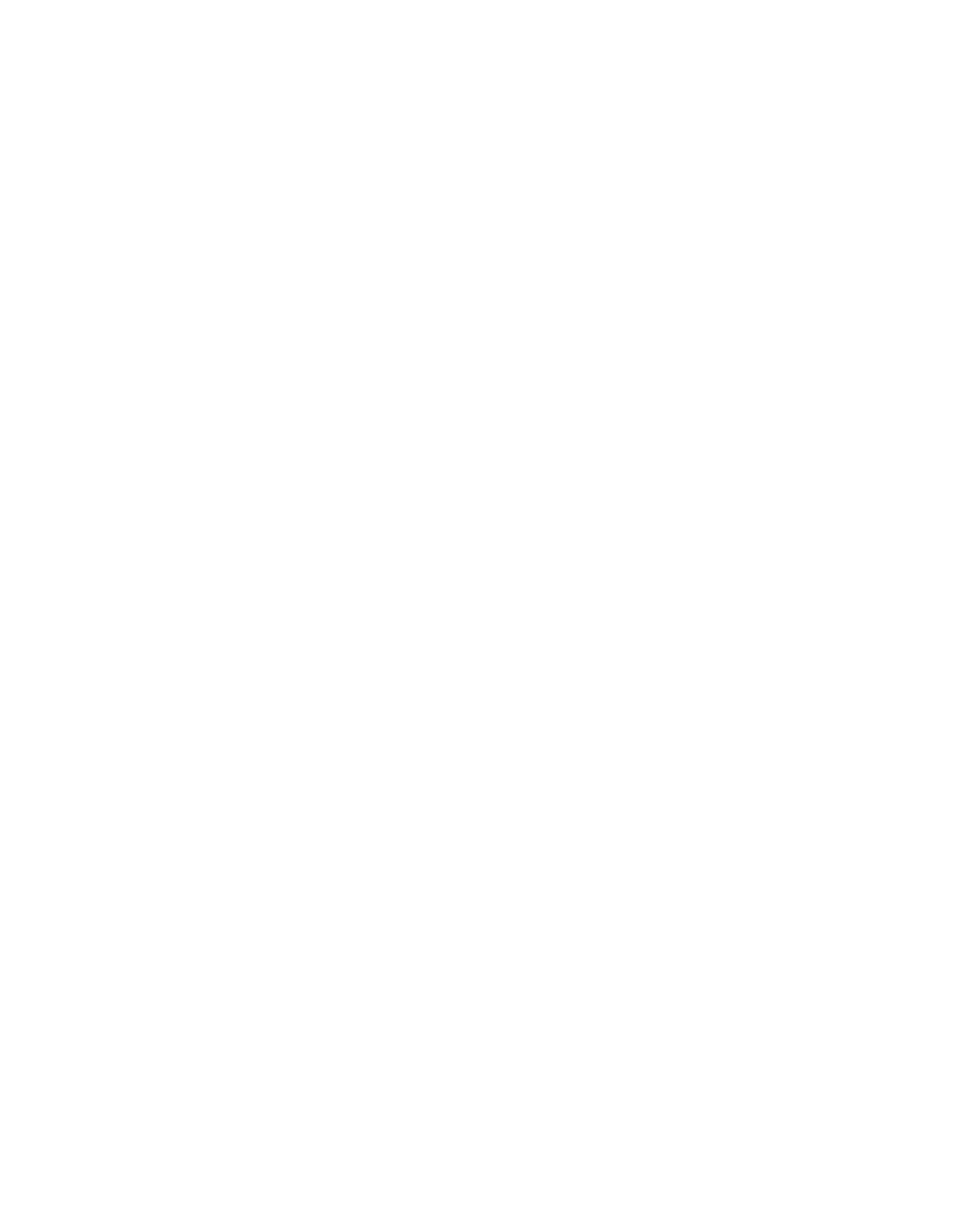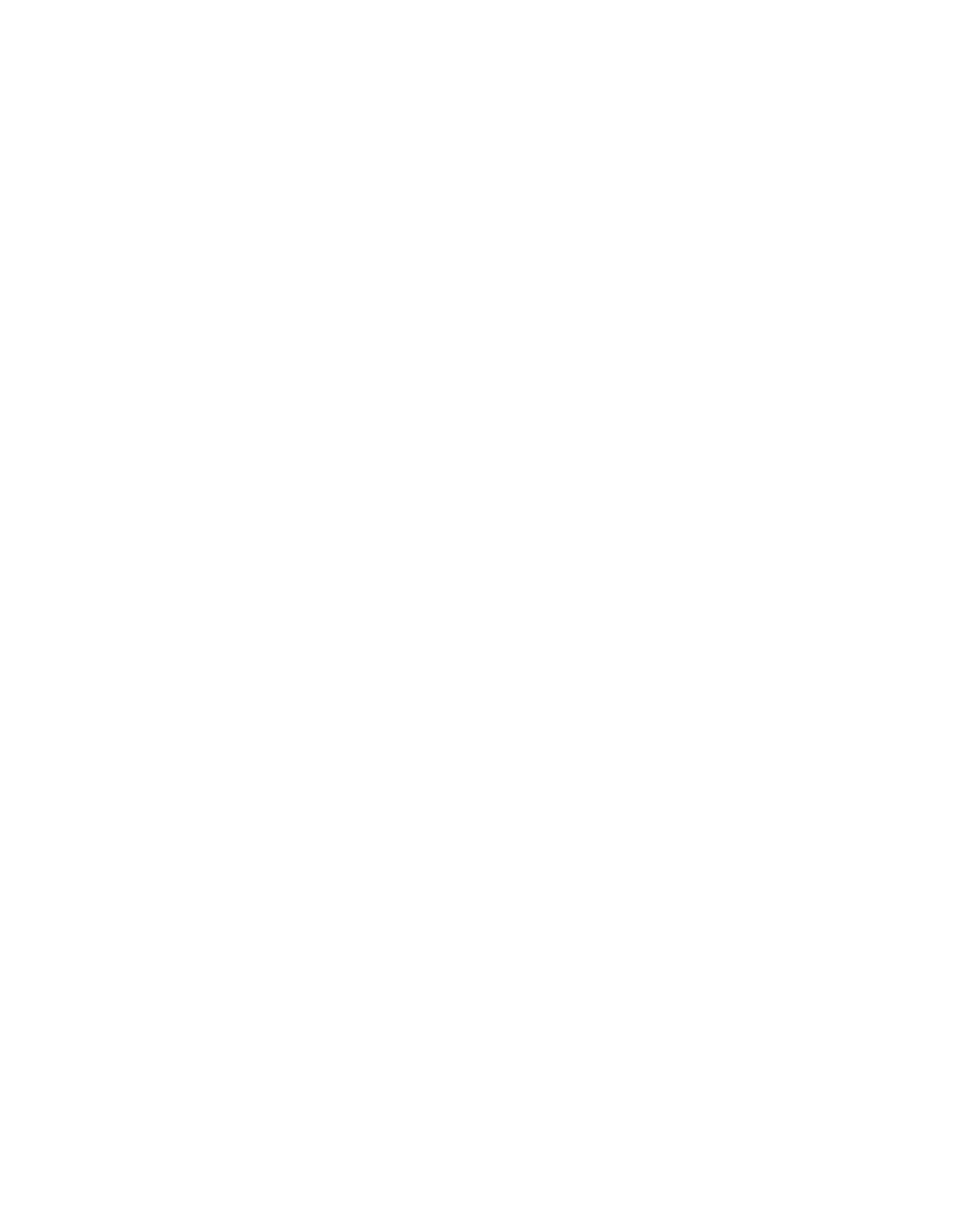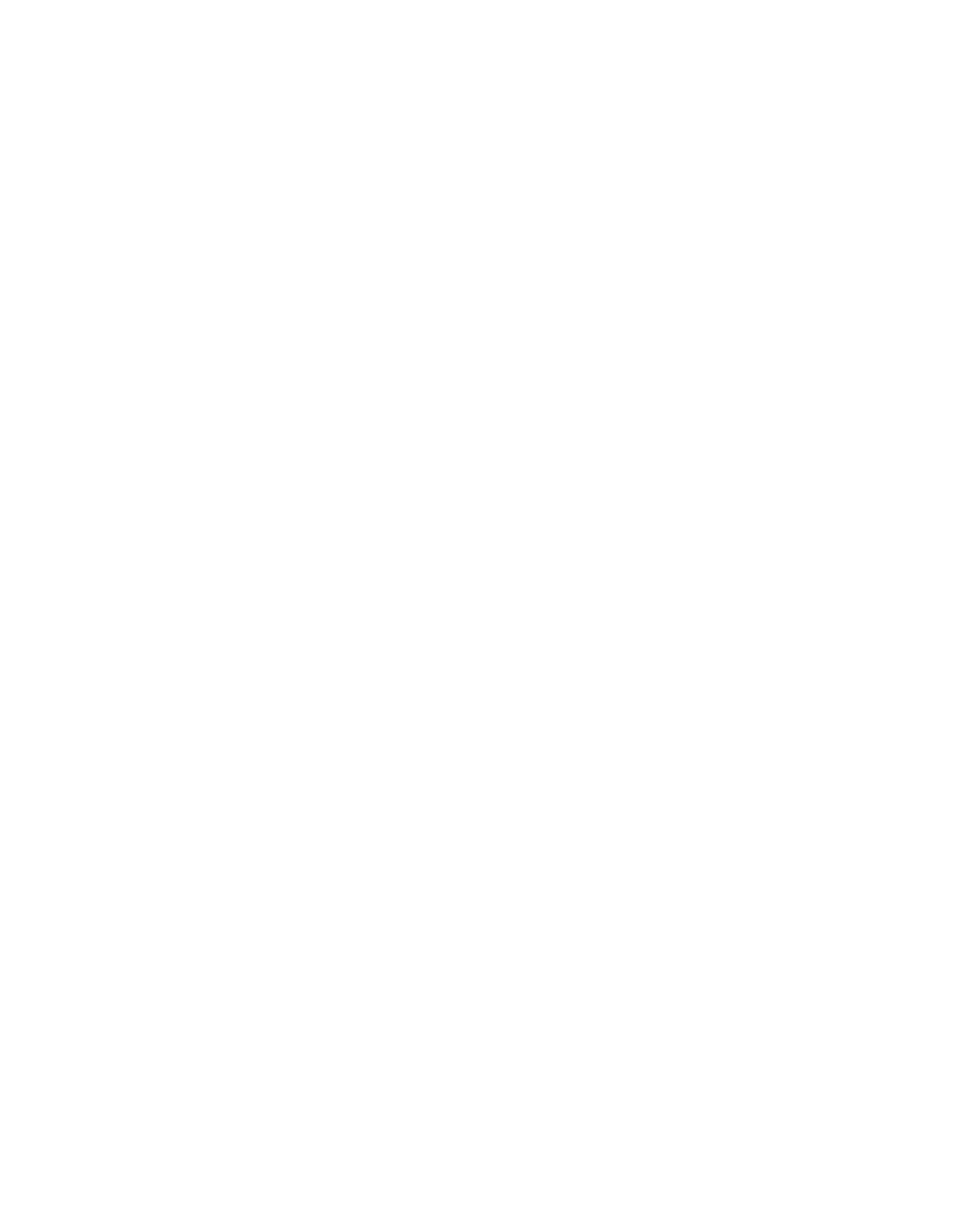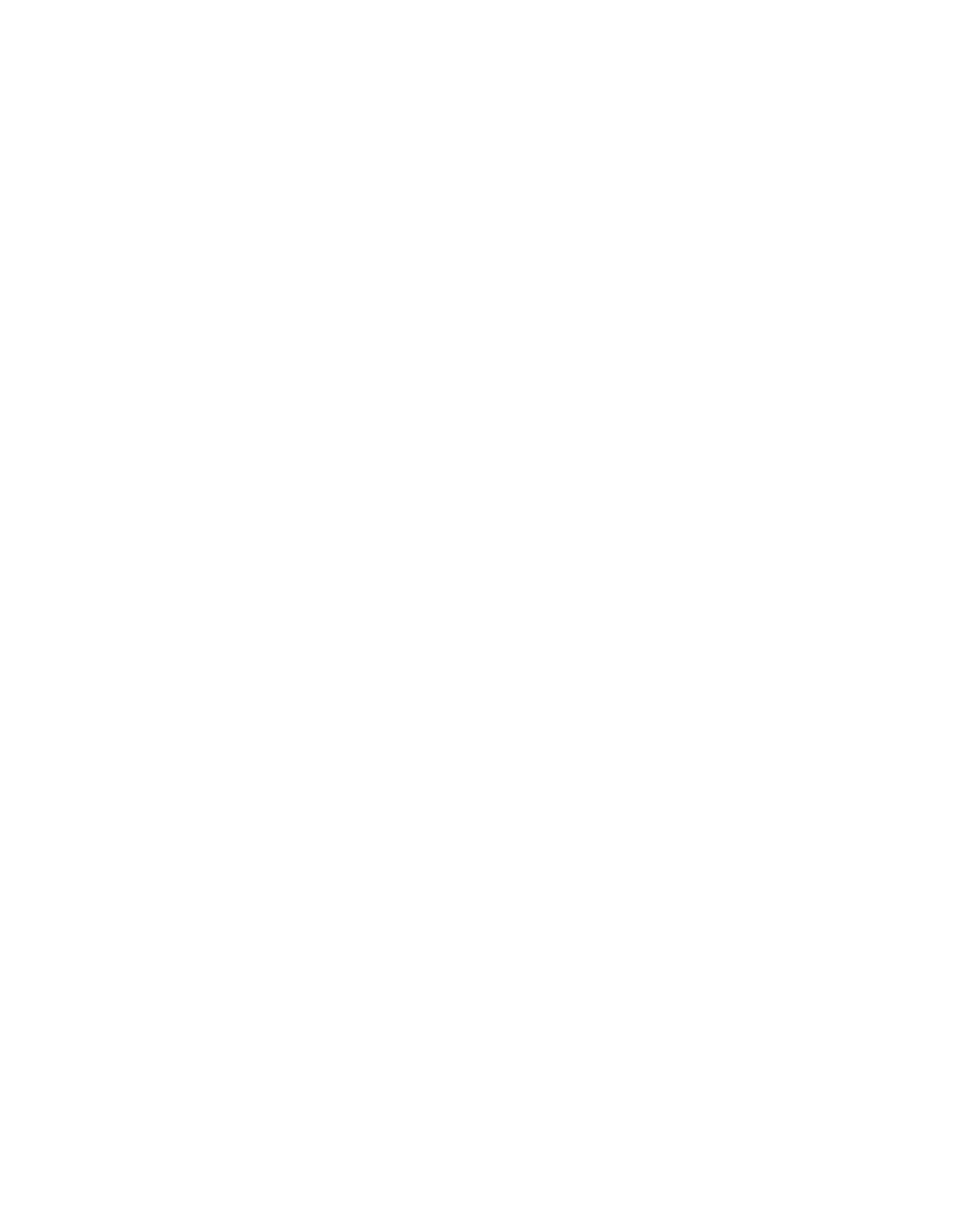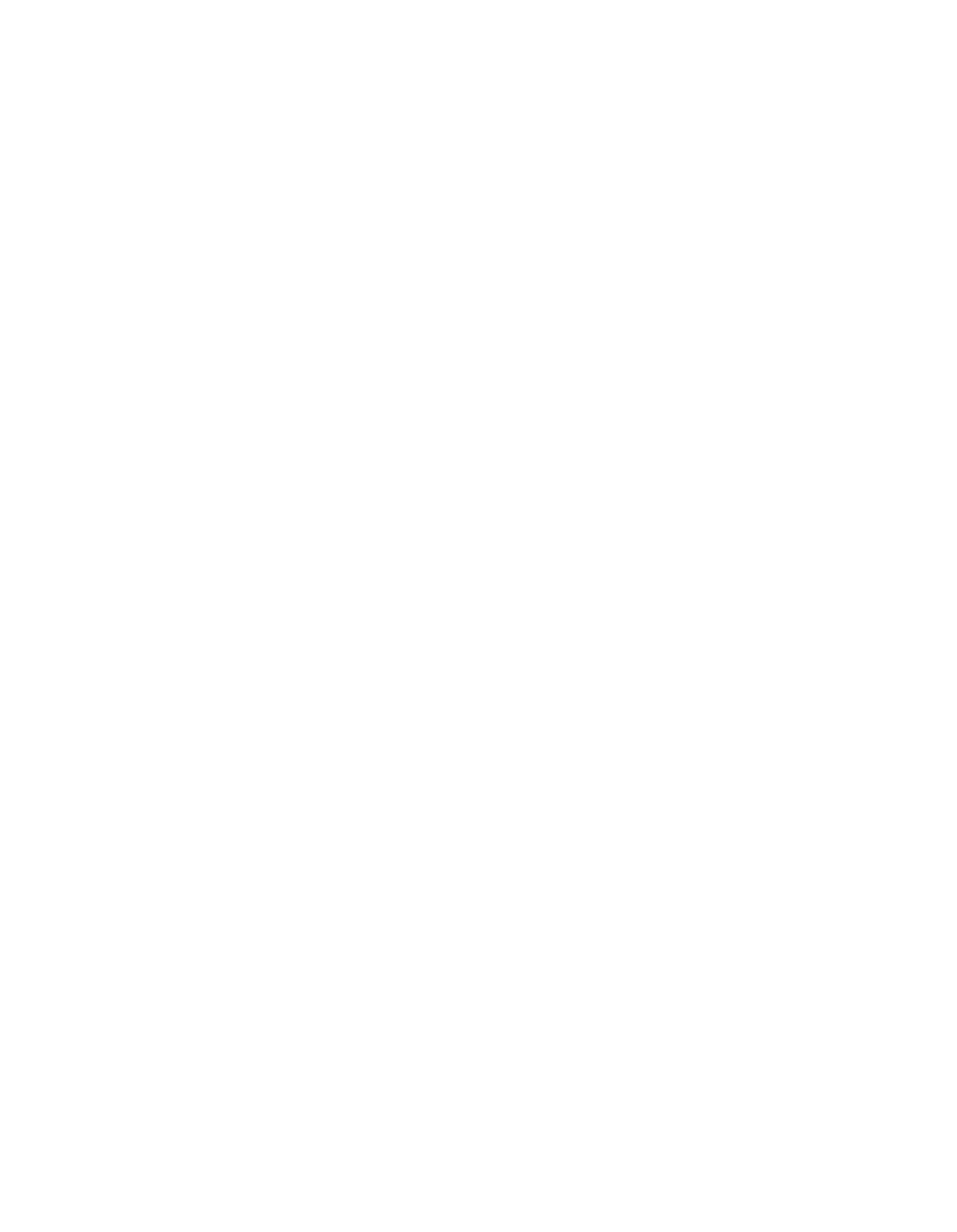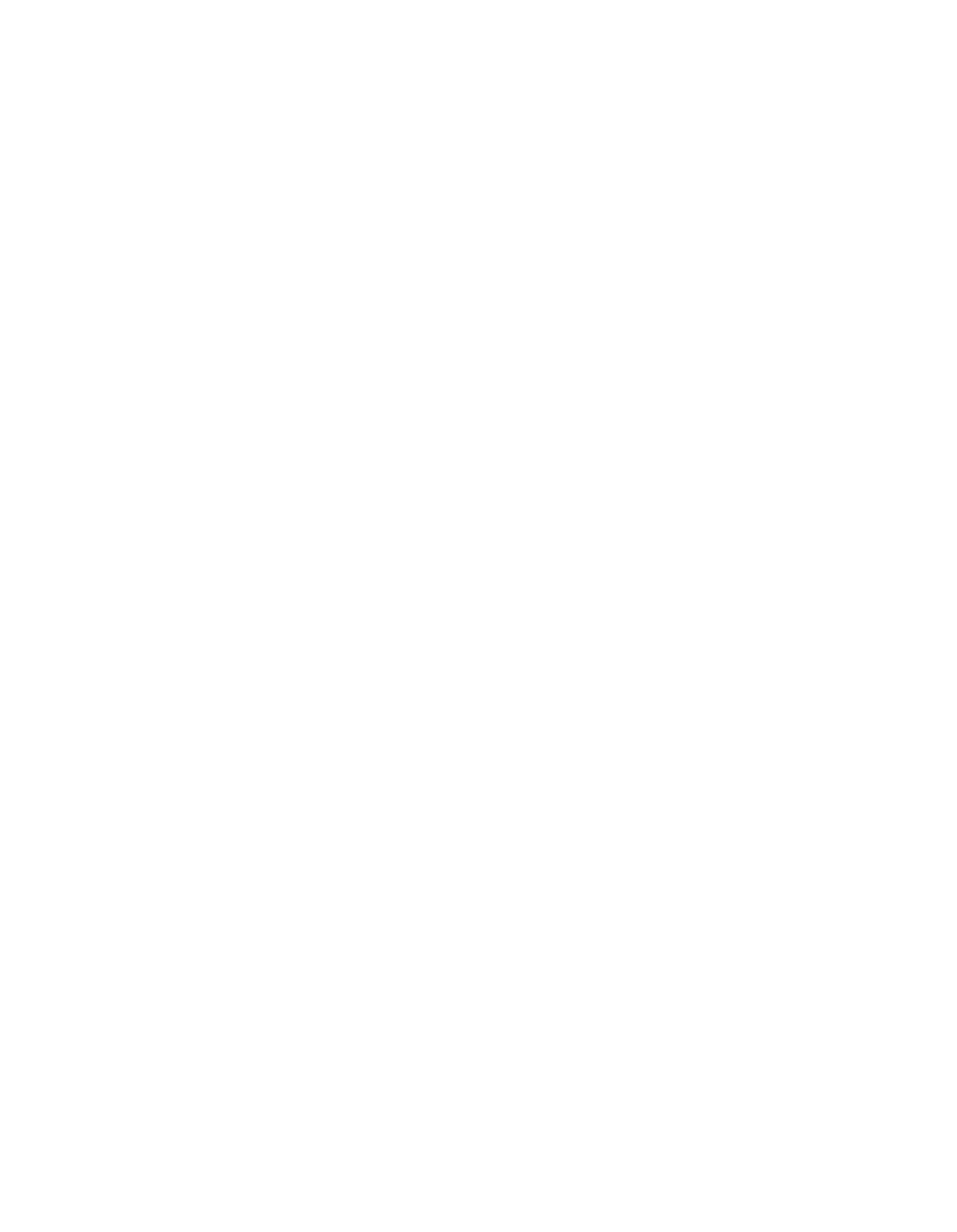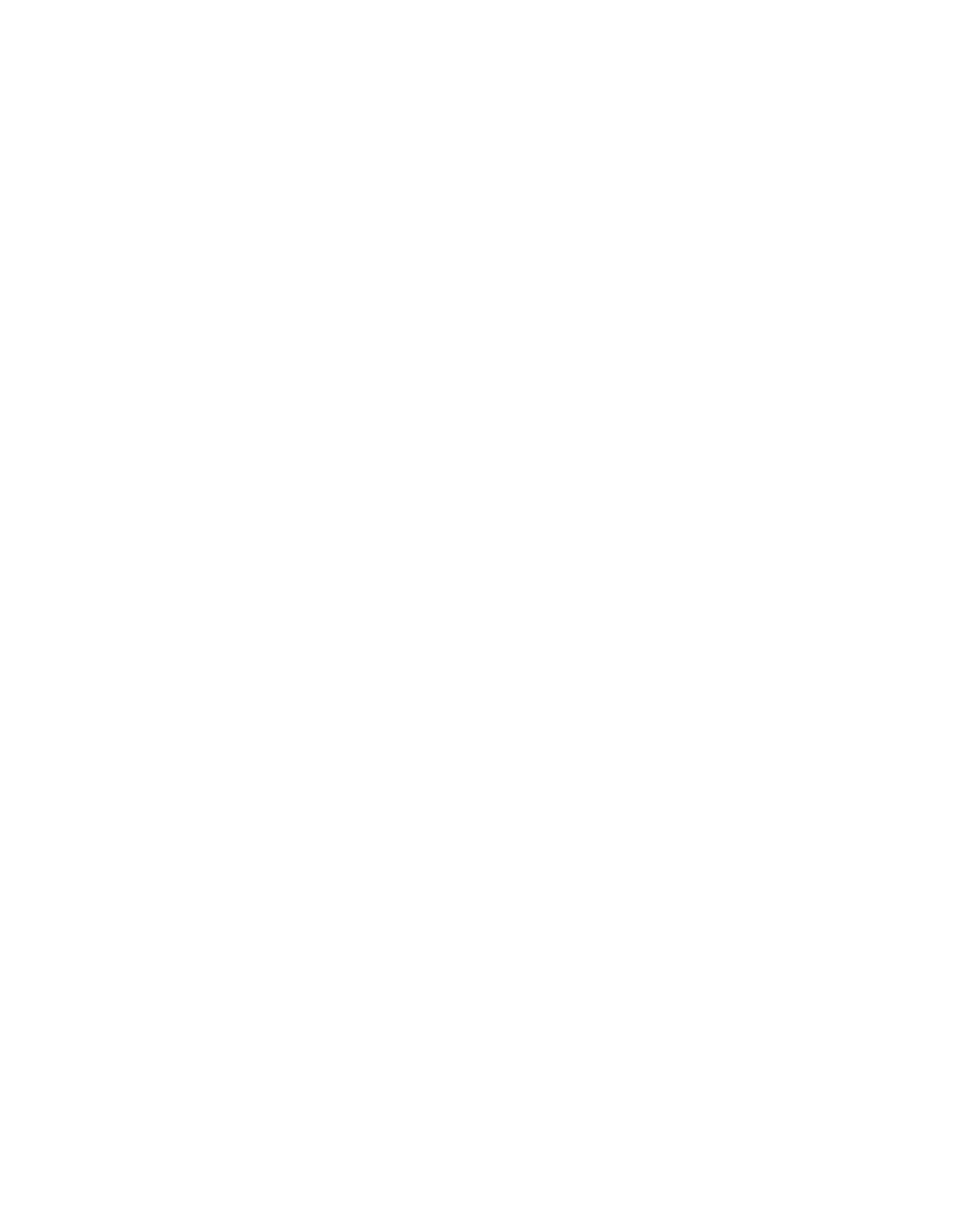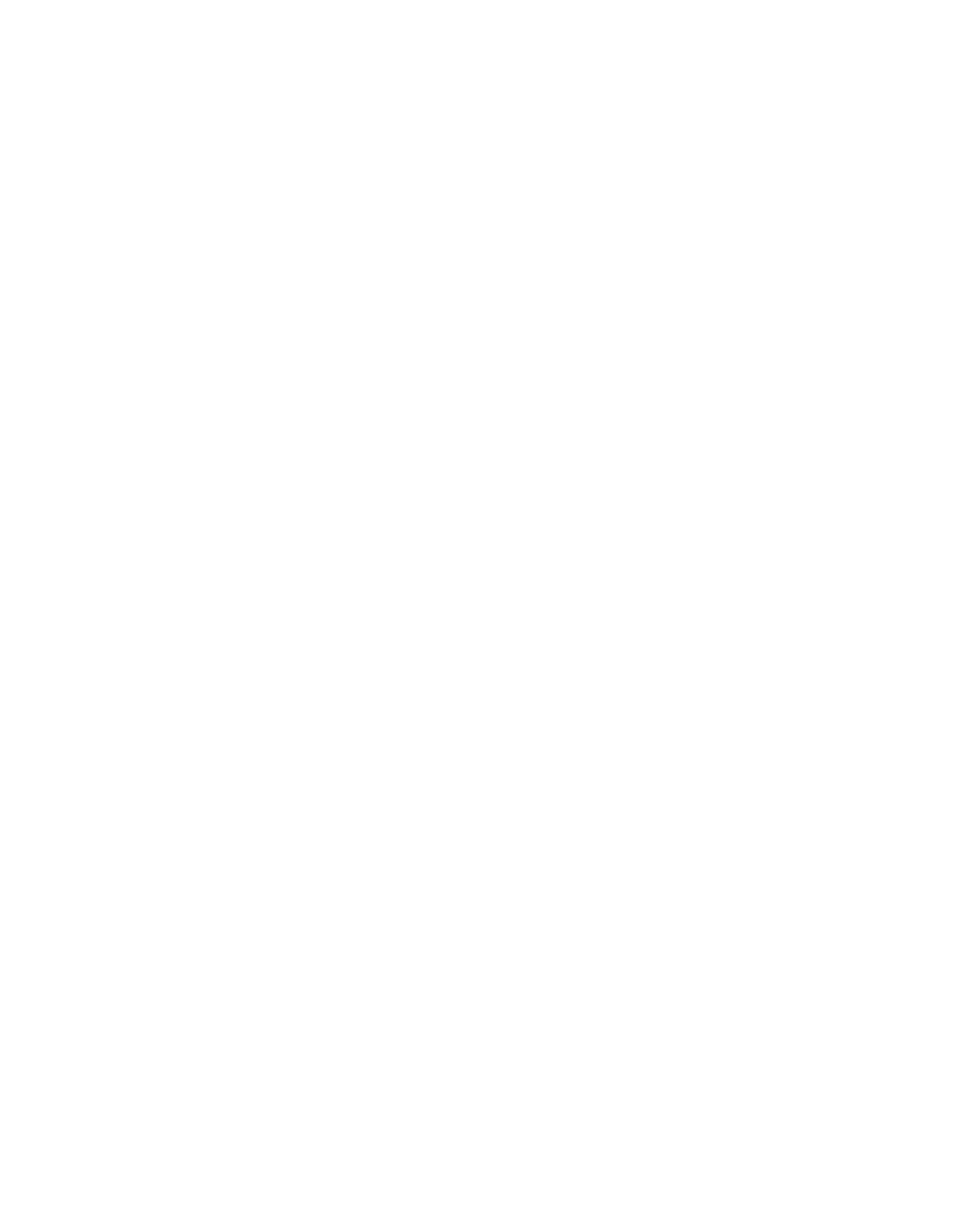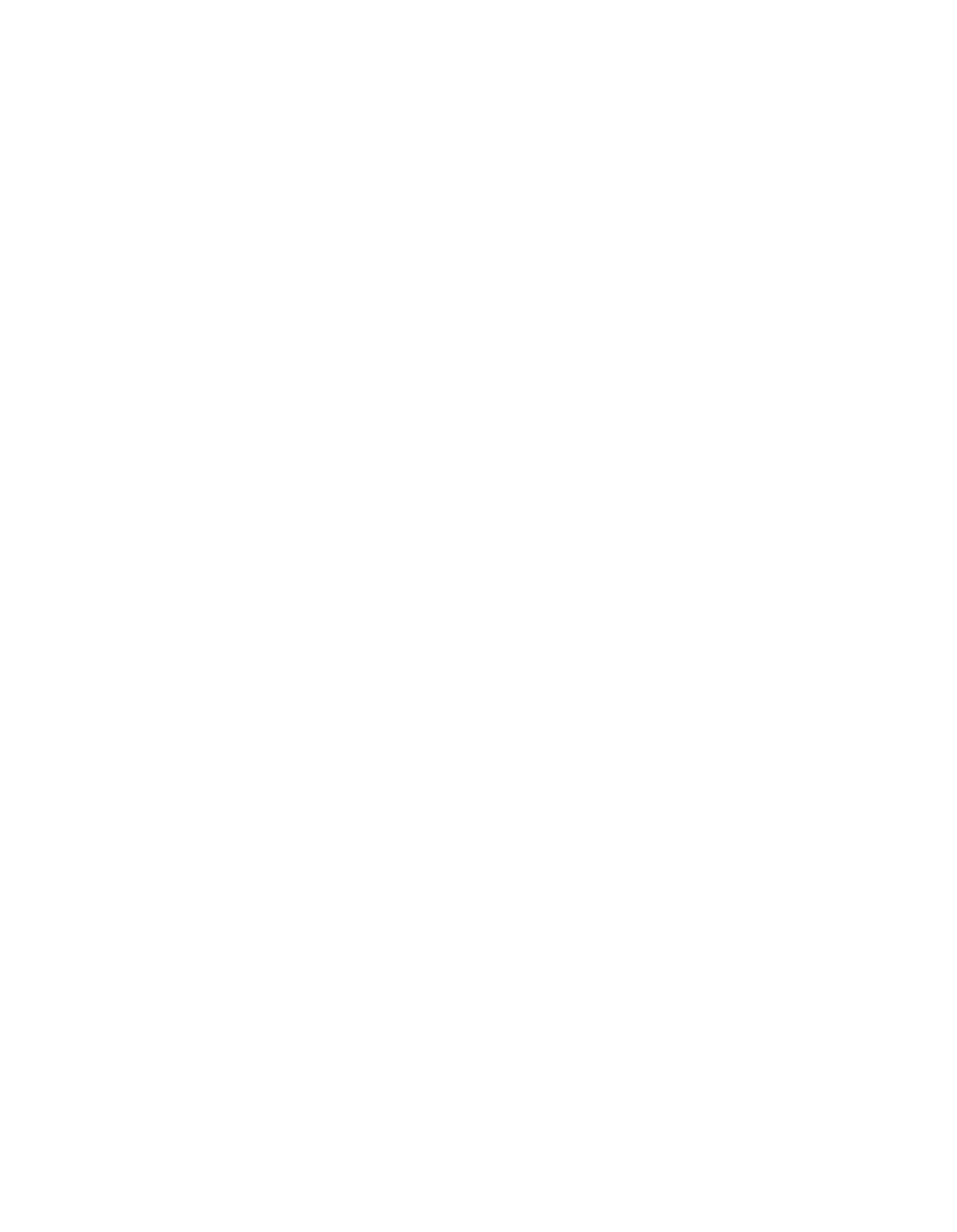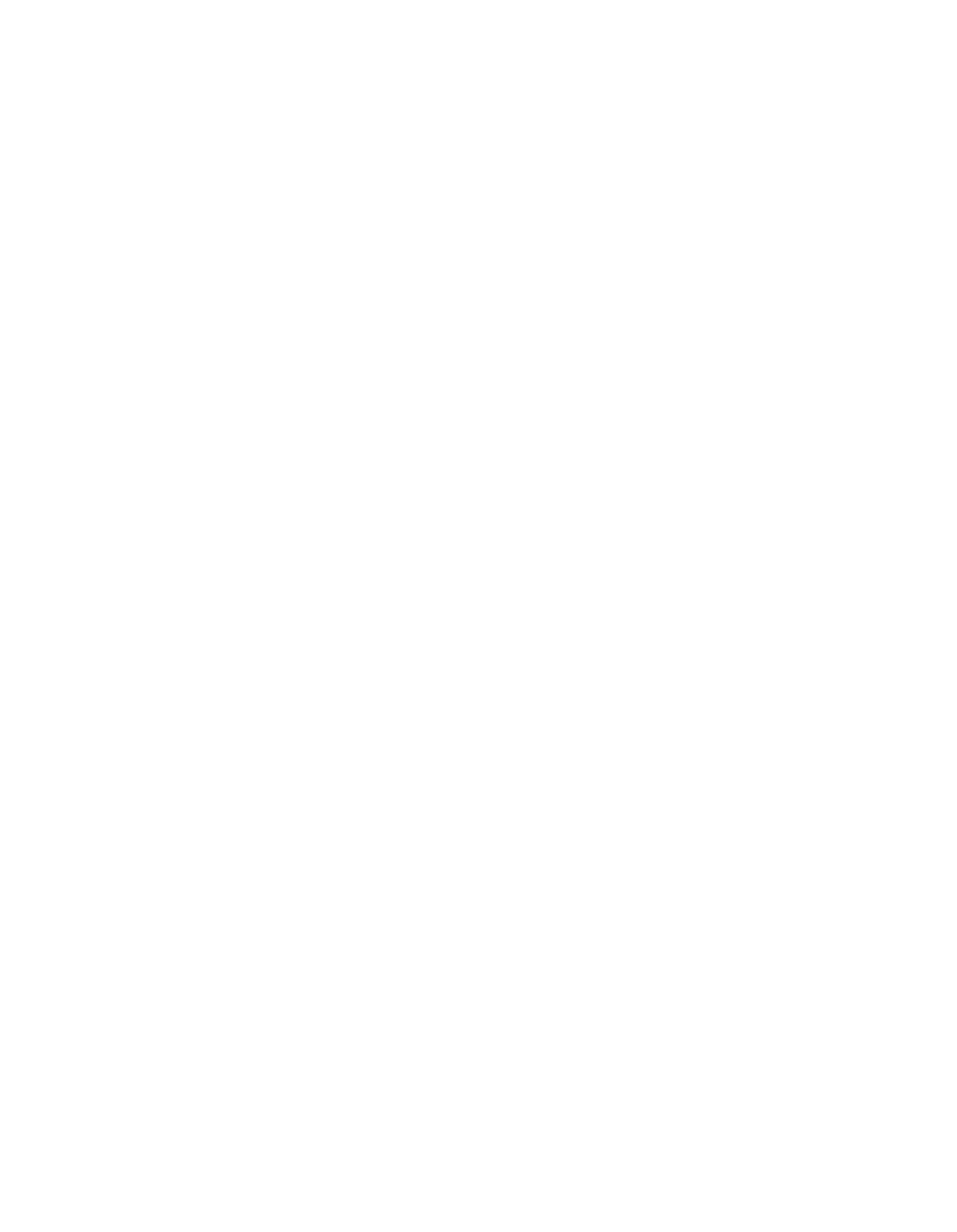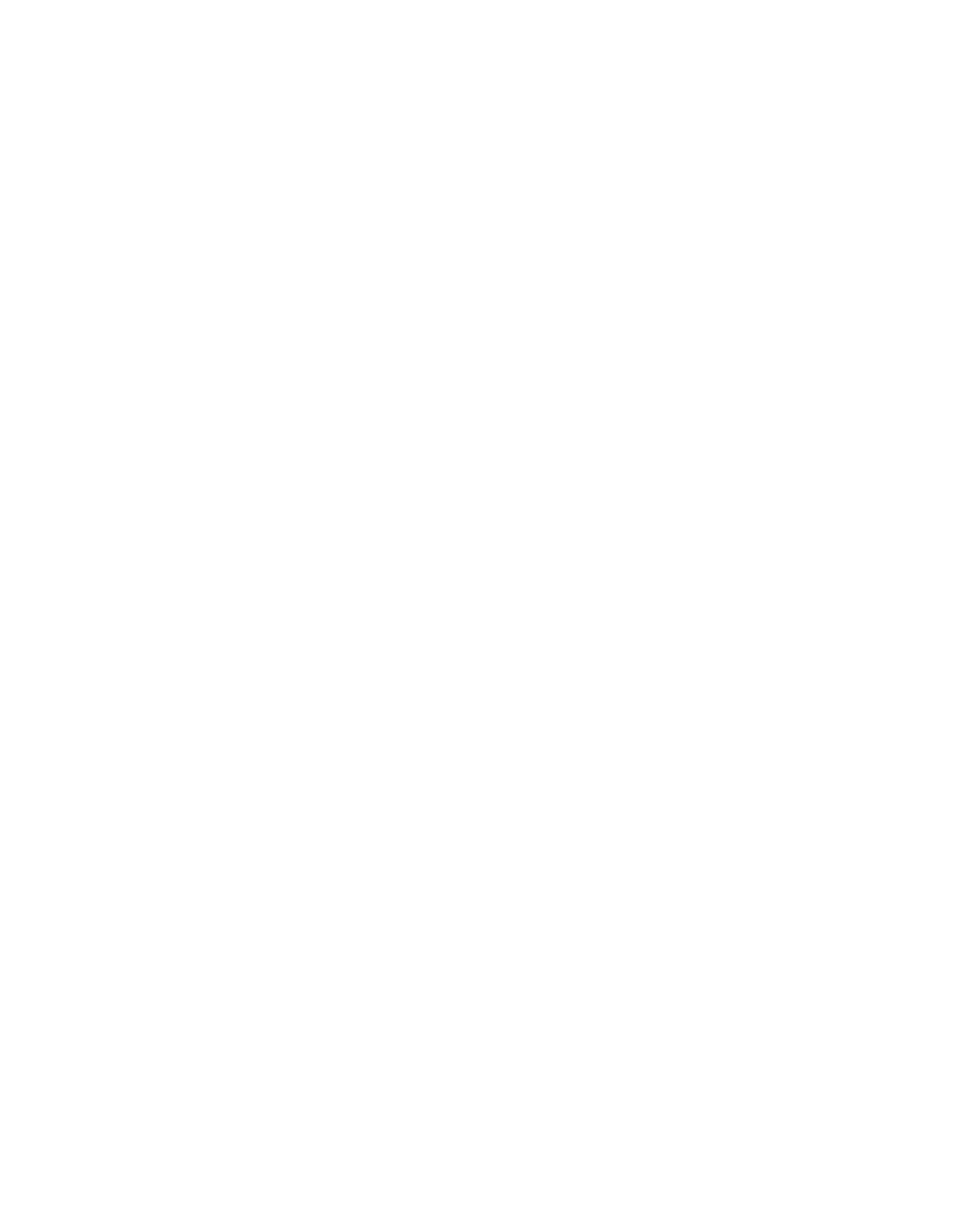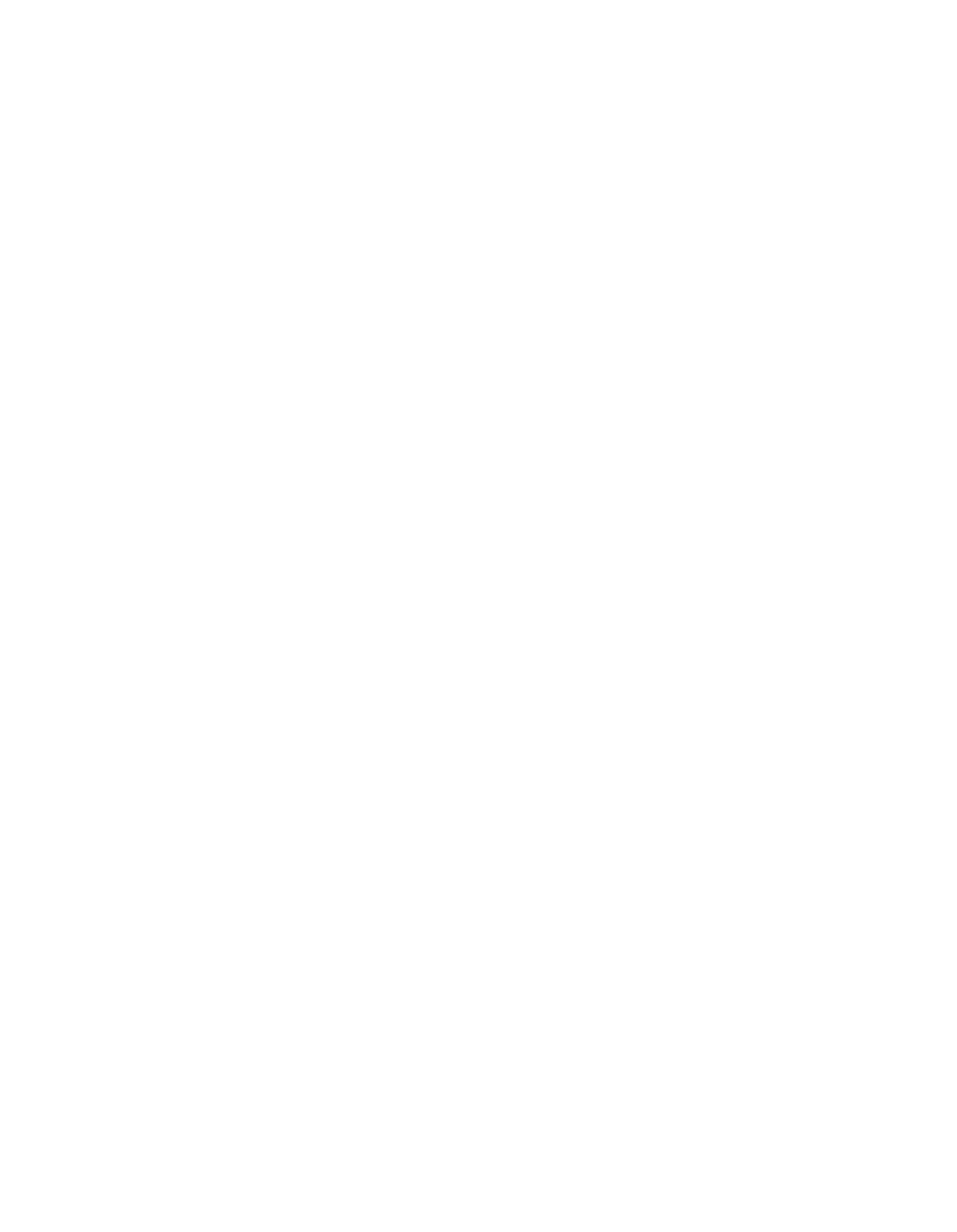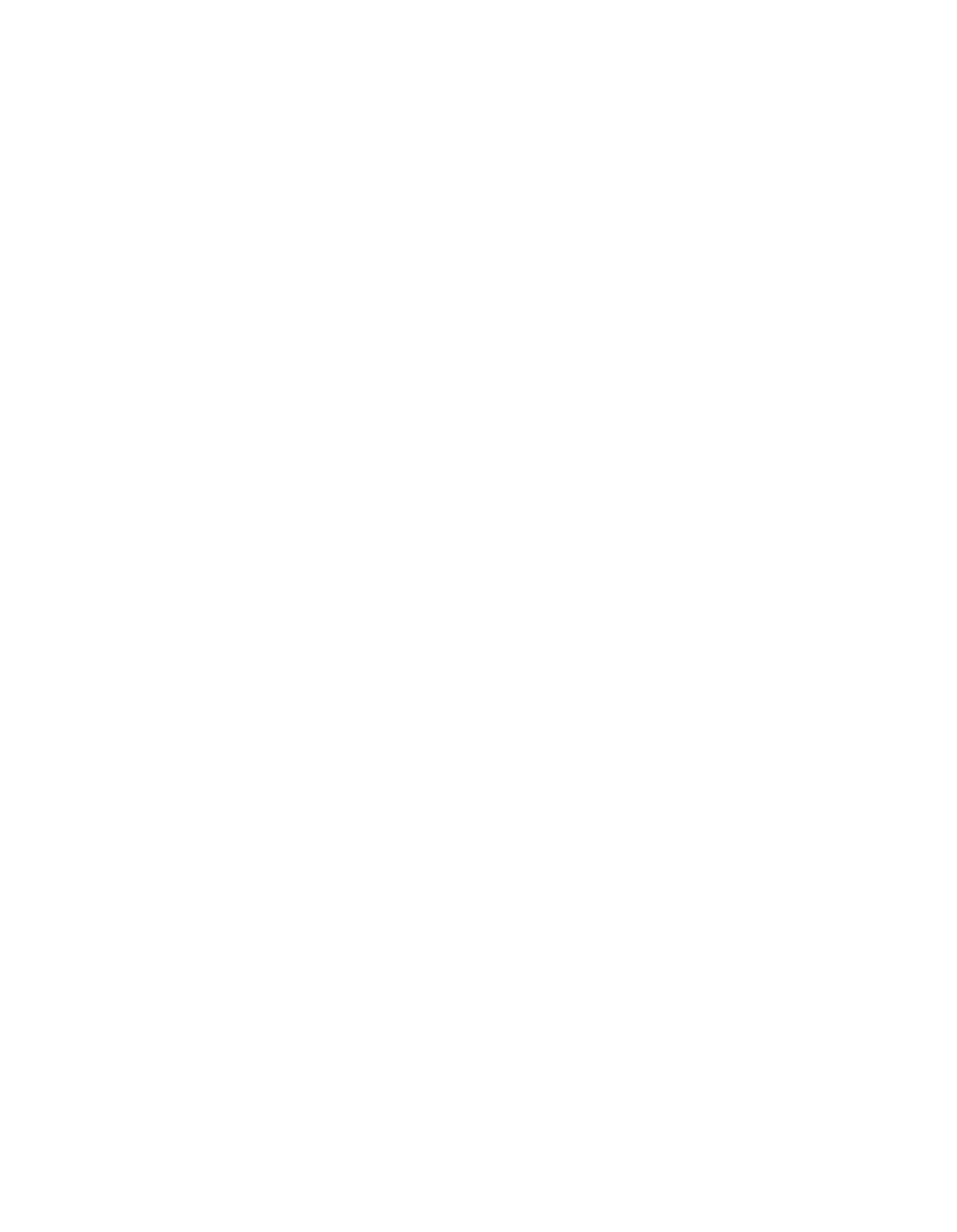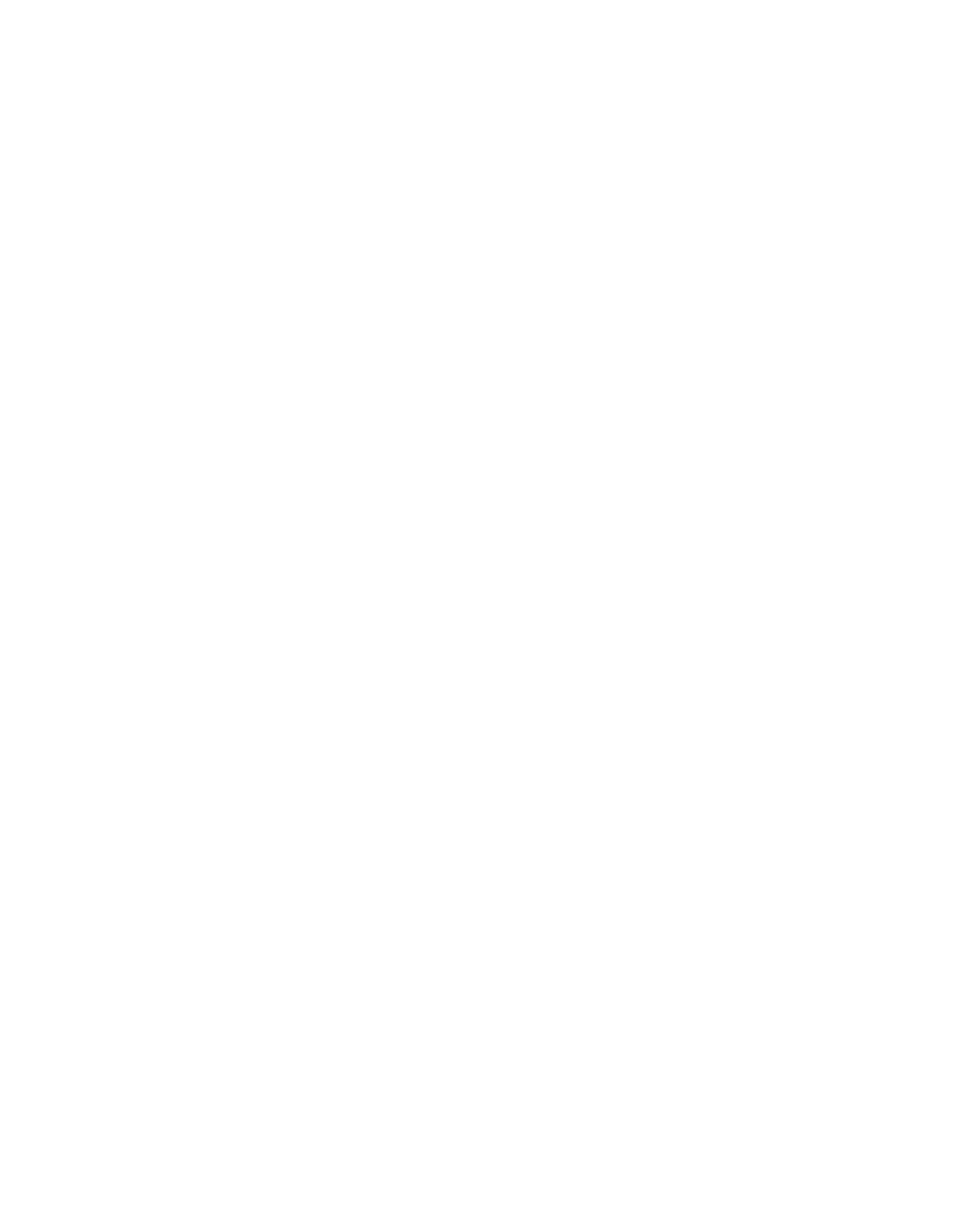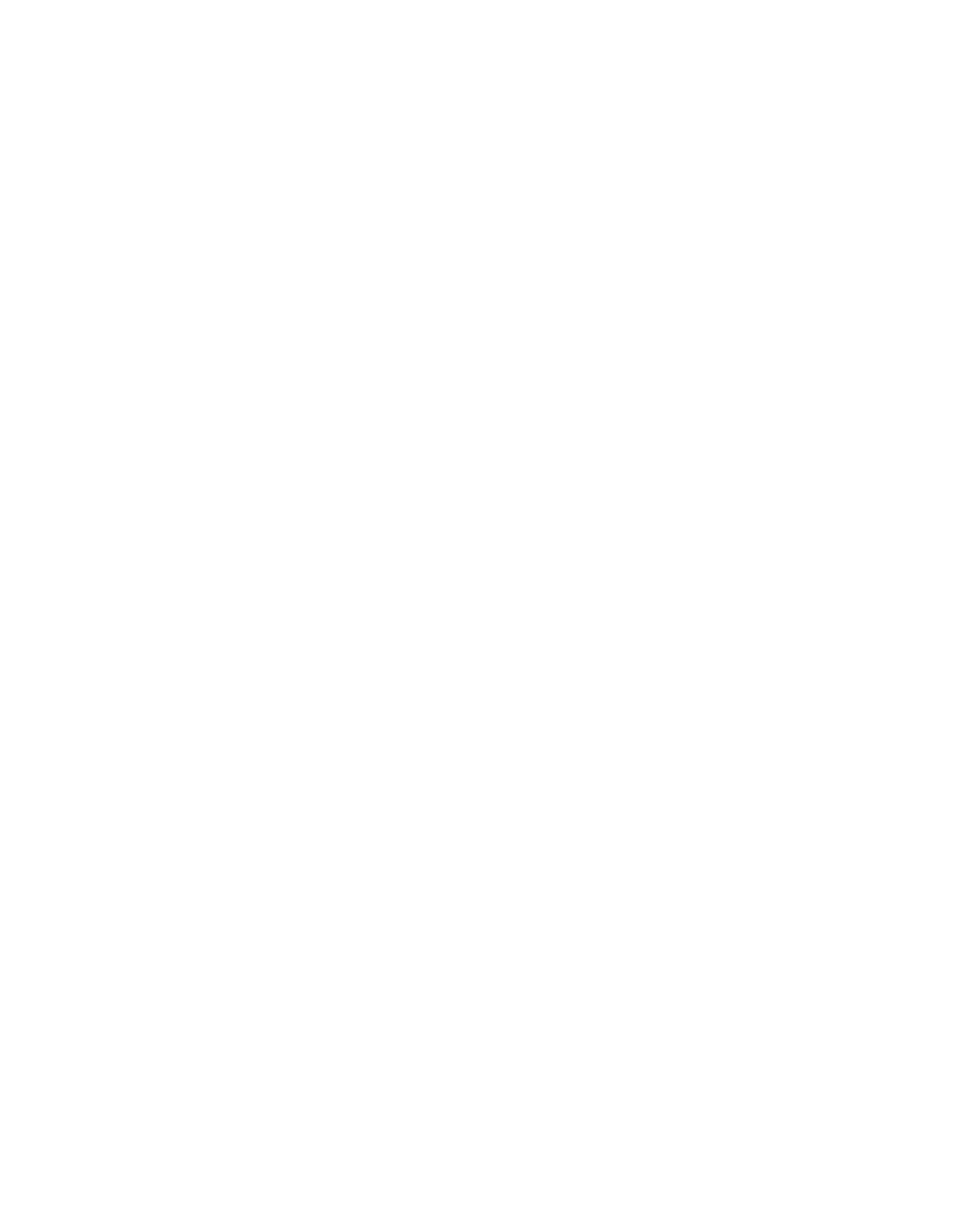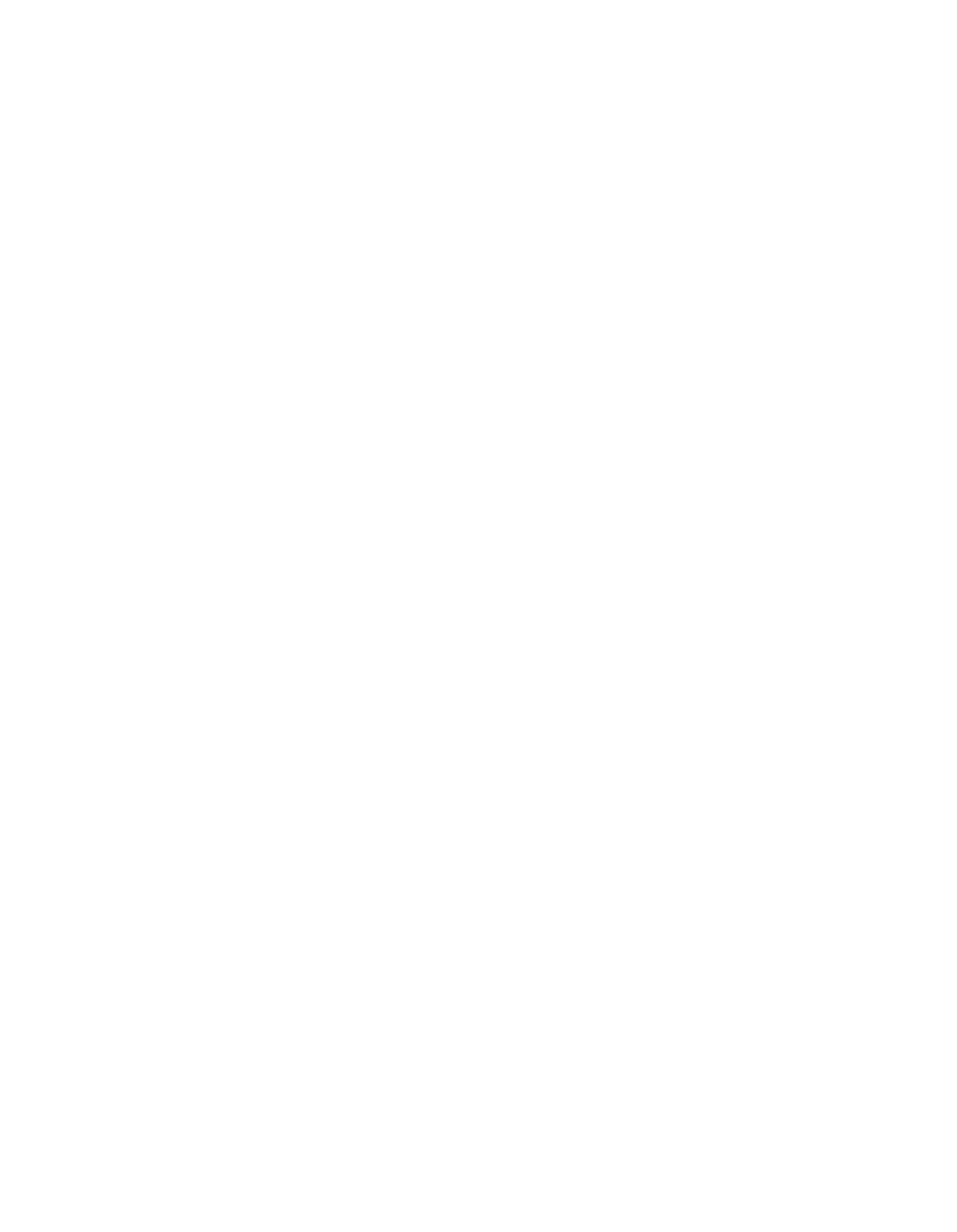ILLINOIS POLLUTION CONTROL
BOARD
February 27,
1992
IN THE MATTER OF:
)
R90—20
DIESEL VEHICLE EXHAUST
)
(Rulemaking)
OPACITY LIMITS
)
•ADOPTED RULE.
FINAL NOTICE.
OPINION
AND
ORDER OF THE BOARD
(by J. Anderson)’:
On July 19,
1990,
the Board adopted an Order establishing
inquiry hearings regarding the possible regulation of diesel
smoke.
These hearings were held on September 21 and September
28,
1990.
As a result of those hearings the Board proposed a
rule for First Notice on July 25,
1991.
The proposed rule was
published on August 30,
1991 at 15
Ill. Reg.
12109.
Hearings
were held on the First Notice Proposal on September 19 and
October
3,
1991.
On November 27,
1991,
the Board voted, to send the proposal,
significantly revised as
a result of public comments received, to
Second Notice.
Due to the significant changes in the proposal to
be submitted for Second Notice, the Board withheld submission of
the Second Notice to the Joint Committee on Administrative Rules
(JCAR)
to allow for public comments on the revised proposal.
On
December 19,
1992,
as a result of comments received, the Board
again revised the proposal
in a Supplemental Opinion and Order
and directed that the revised proposal proceed to JCAR.
The rule being sent to Final Notice today is substantively
the same proposal submitted for Second Notice.
Minor
nonsubstantive changes were made in response to comments from
JCAR.
The Board
wishes
to
express
its appreciation
for
the
contribution of Mr. Jacob Dumelle to this rulemaking.
Mr. Dumelle
initiated this proceeding prior to his retirement from the Board at
the end of 1991.
Mr. Dumelle had directed this proposal through
the Second Notice Supplemental Opinion and Order.
The Board also acknowledges the contribution of Mr. Timothy
Dwyer, who as Mr. Dumelle’s attorney assistant,
acted
as hearing
officer and assisted Mr. Dumelle in the preparation of the First
and Second Notice Opinions and Orders.
The Board also recognizes
the
contribution
of
Ms.
Marie
Tipsord
as
the
Board
attorney
assisting Board Member Anderson in finalizing this rulemaking.
In
addition, the Board expresses its appreciation to Dr. Harish Rao
and
Ms.
LouAnn Burnett
of the Board’s
Scientific and Technical
Section.
130—367
2
This rulemaking generated testimony from many different
groups.
In the September 19th hearing, the Board received
testimony from Representative Clem Balarioff and Senator Judy Barr
Topinka.
In addition testimony was given by the Executive
Director of the Engine Manufacturing Association
(“EMA”)
and the
Mr. John Sinde,
President of the Village of Westchester.
Also
presenting testimony were representatives of the Illinois
Trucking Association, the American Trucking Association, Navistar
Corporation,
the Chicago Lung Association, the Bosch Corporation,
and concerned citizens.
In the October 3rd hearing, testimony was given by a
representative of the Midwest Truckers Association, the Illinois
Petroleum Marketers Association, the Illinois Truck Stop
Association, the Illinois Movers Association, the Associated
Contractors of Illinois, the Feed and Grain Association of
Illinois and the Illinois Lumber Dealers Association.
In
addition, representatives from Caterpillar Corporation, the
Illinois Environmental Protection Agency (“Agency”), Bosch
Corporation, the Illinois State Police, and the Diesel Injection
Service testified.
In addition to the testimony,
130 public comments were
received.
Among the comments received was a comment by State
Representative Barbara Flynn Currie.
In addition the following
entities presented comments:
the Village of LaGrange, the Skokie
Board of Health and the Skokie Department of Public Health, the
DuPage Mayors and Managers Conference,
the City of Chicago, the
Regional Transportation Authority, the Center for Neighborhood
Technology, the Illinois Farm Bureau, the Department of Commerce
and Community Affairs, the Department of Energy and Natural
Resources,
the United States Environmental Protection Agency, the
Illinois Environmental Regulatory Group and the Chicago Lung
Association.
Further,
over 100 letters were received from
individual citizens.
Although too numerous to mention
individually,
the Board thanks all those who wrote as well as
those who participated at hearing.
During the period between the Board’s voting a Second Notice
Proposal and proceeding with that proposal the Board received 5
comments.
The commenters included Detroit Diesel Corporation
(DDC), Engine Manufacturers Association
(EMA),
Illinois
Environmental Protection Agency
(Agency),. Regional Transportation
Authority,
(RTA),
and the Chicago Lung Association and the
Illinois Chapter of the Sierra Club (CLA/ICSC).
DISCUSSION
A.
Today’s Rui~
The Board today sends to Final Notice a rule which is
significantly different from the rule proposed at First Notice;
130—368
3
however, the changes from the existing regulation are not
extensive.
The
Board has adopted an opacity standard based on a
snap idle procedure and described the methodology to be used in
performing ‘the procedure.
The ‘Board has also eliminated the use
of visual opacity as an enforcement tool as the record clearly
indicates that the Board’s visual opacity standard has been and
is very difficult to apply and enforce against a mobile source.
‘The remaining changes from the existing regulation relate to the
use of the snap idle procedure.
The following discussion
delineat~sthe changes between the First Notice proposal and
today’s rule and the reasoning behind the changes.
The Board opened this docket in 1990 to assess the need for
regulations concerning emissions from mobile diesel sources.
The
inquiry hearings in this proceeding,
which led to First Notice,
were primarily concerned with ascertaining the health effects of
diesel smoke and obtaining information in regards to a viable
opacity standard.
Although conflicting testimony arose regarding.
the seriousness of the potential health hazards, there is no
disagreement that diesel smoke is a health problem.
(See In the
Matter of Diesel Vehicle Exhaust Opacity Limits, July 25,
1991,
p. 1~2and R.1 at 55-56).
When the Board proceeded to First
Notice the proposal was adapted from the California rule.
The
Board incorporated substantial portions of the California rule
and presented the proposal for public comment.
As a result of
the extensive comments received the Board made numerous changes
to the proposal, which are reflected in today’s rule.
B.
Testing Procedures
The Board’s First Notice Proposal set forth two testing
procedures for determining diesel smoke opacity: the snap idle
test procedure for measurement of opacity and the visual opacity
reading.
The snap idle test procedure uses a sinokemeter to
measure opacity while the vehicle is in neutral with the engine
running.
This test would require a vehicle stop to perform the
test.
The snap idle test is clearly more precise due to the fact
that the test can be repeated several times and the opacity is
measured by
a machine.
Visual opacity testing takes place
by a
certified smoke reader examining the smoke being emitted against
the sky to determine opacity.
Visual opacity was included ~inthe
proposal to allow for enforcement outside the area of inspection
sites.
In addition,
the proposal allowed for the truck to be
tested by the snap idle procedure within five days of a citation
being issued by visual opacity if requested by the violator.
However,
at hearing,
several concerns were raised by the
regulated community concerning visual opacity insofar as it was
too subjective to be relied upon as the basis for issuing a
130—369
4
citation to a moving truck.
(R.1 at
512).
One concern expressed
was regarding the ability to visually determine opacity from
diesel vehicles which emit smoke from a horizontal pipe.
Specifically, Mr. Alan Schaeffer,
with the American Trucking
Association, stated that it “would be very difficult to get an
accurate reading at that
(sic)
ground level”.
(R.1 at 121).
In addition, concern that visually determining opacity in a
moving vehicle would be difficult was raised.
Mr. Berkely Moore,
testifying on behalf of the Agency in support of visual opacity
testing ~id agree that. the more frequently a test is performed
the more accurate the readings.
Mr. Moore stated that the USEPA
Method 9, adopted by the USEPA for evaluating stationary sources,
requires multiple readings of opacity, “specifically 24 readings
at 15 second intervals over a six minute time period.
And that
six minute time period seems incompatible with a moving source.”
(R.
2 at 38).
The trucking community also noted that using a snap idle
test after the issuance of a citation on the basis of
a visual
opacity reading would.verify the visual reading.
However,
it
also attacked the practicality of such a measure.
(R.1 at 163-
164).
Specifically, the Illinois Trucking Association pointed
out that a vehicle engaged in interstate commerce would not
easily be able to return in order to be tested.
Mr. Schaeffer
stated that the provision would not be very workable when the
industry is a “just-in-time delivery” business.
(R.l at 125).
The Agency and CLA/ICSC both submitted comments on the
revised proposal urging the retention of the visual opacity
standard as an enforcement mechanism’.
The Agency correctly
states that it was the only participant in this proceeding that
presented a qualified witness to discuss visual opacity,
including both the certification of opacity readers in Illinois
and the historical accuracy of the method.
(P.C.
#133,
p.
1).
While the Board carefully considered this testimony,
the Board is
convinced that, while visual opacity might be useful as a
screening mechanism,
the underlying methodology for determining
visual opacity is not appropriate for use as an enforcement
mechanism for mobile sources.
For example,
a great deal of the Agency’s testimony centered
on the “Method 9” procedure.
This test method uses only
certified smoke readers and was initially adopted for evaluating
stationary sources.
(R.2 at 40.)
In fact,
Mr. Berkely Moore,
testifying for the Agency, stated that:
2
The transcripts of the hearing are cited
at “R.l” for the
September
19,
1991
hearing
and
“R.2”
for
the
October
3,
1991
hearing.
130—370
5
Use of the Method
9 procedure in its entirety with no
changes, however, would likely be precluded for the
opacity limitations which are being considered in this
proceeding because Method
9 itself requires multiple
readings,
I should say specifically 24 readings at 15
second intervals over
a six minute time period.
And
that six minute time period seems incompatible with the
nature of a moving source.
In fact,
it may be practical to limit the opacity
reaaings to one only.
In which case,
no citation
should be given unless the reading is somewhat above
the standard.
I might say in this connection that of the average
positive error,
and by positive error,
I mean an
overestimate of opacity as recorded by a visual
observation compared to that which an instrument would
show, never exceeds
-—
virtually never exceeds seven
and a half percent for 25 readings.
But if it is
limited to one reading,
it could be as high as
15
percent, but usually is less than 15 percent.
(R.2 at 38.)
Upon further questioning, Mr. Moore testified that the
existing diesel opacity regulation was not enforced by the Agency
because the Agency was not structured to do so and, further, that
he knows
of no other entity enforcing the standard.
(R.2 at 47.)
Moreover, the record indicated that the “Method 9” procedure
would be difficult to apply to a rapidly moving vehicle over the
course of a ten—second timespan.
(R.2 at 43—45.)
Finally, the
availability of modern smokemeters its ease of use and its
ability to provide fast,
accurate and reproducible opacity
readings convince us that the snap idle test using these meters
is superior to the visual opacity test.
(In the Matter of Diesel
Vehicle Exhaust Opacity Limits, November 27,
1991,
p.
2-5.)
Visual readings when conducted by trained and certified
smoke readers are commonly used in air enforcement for stationery
sources and can be reliable.
(R.2 at 29—50.)
Visual opacity
readings for mobile sources might be accomplished as the Agency
asserts.
However,
as Mr. Moore indicated in responding to
question by Toby Frevert, using visual readings on a mobile
source could be difficult.
Toby Frevert, from the Agency:
.
.
.
is it
possible for a trained smoke reader to make
observations of the diesel vehicle moving
down the highway if he is traveling parallel
fashion in an alternate vehicle?
Mr. Moore:
I would think so.
130—371
6
Mr. Frevert:
That would give some ability to
deal with the time increment considerations?
Mr. Moore:
yes.
(R.
2 at 45).
We also note, as discussed later in the Opinion, the testing
method for the visual opacity standard has uncertain correlation,
at best, with federal certification.
The Board also notes that
six states do have a 20 per cent visual opacity standard;
however,
one of the states has gone to fleet self—certification
using an objective smoke testing.
(R.l at 157).
Also of note is
that California uses visual opacity for screening only,
not for
issuance of a citation.
(R.1 at 153).
The Board also notes that any entity which wishes to enforce
this rule may use a visual test to screen possible violators.
However, the Board must adopt standards which can be enforced.
The Board cannot adopt a voluntary test used only as an indicator
of a possible violation.
We have concluded that using the visual
opacity testing methodology for mobile sources
is either too
inexact or too difficult for enforcement, and that mandating it
for any other purpose, such as a screening device,
is
unnecessary.
The Board has determined that the record supports the use of
smokemeters and opacimeters to determine violation of the
standards.
However, due to the noted difficulties of use of
visual opacity standards on moving sources, the Board has deleted
that provision.
C.
Opacity Standard
Another main concern expressed by the trucking industry
involved the First Notice standard proposed by the Board that
vehicle engines which had a federal peak opacity certification
value over 35
would have to meet
a snap idle opacity value of
55.
All other engines would have to meet a snap idle opacity of
40.
This meant,
in effect, that nearly all vehicle engines
would be required to meet the more stringent 40
snap idle
opacity standard.
Representatives of the EMA,
Caterpillar, Navistar and the
Bosch Corporation all testified that all engines are tested and
certified according to federal standards using a dynamometer
test.
A dynamometer test requires the engine
(sans vehicle)
to
be mounted on a dynamometer stand
(a dynamoxneter is an apparatus
for measuring the force or power of a mechanical device, in this
case,
the diesel engine).
The dynamometer basically drives the
engine, controlling speed and temperature.
A state—of—art smoke
meter is used, to measure the emissions from the engine.
The
engine is put through various modes
(lug, acceleration,
etc.)
so
that a complete charting of its performance is made.
The federal
certification is based upon this “laboratory” performance.
The
130—372
7
industry maintains that under the First Notice proposal two
different procedures would be used to measure the same event and,
‘because one test is for certification under the federal standard
and the other is for enforcement under the proposal, the engine
could fail the enforcement test while passing the certification
test.
Thus,
the industry argued that the snap idle test for all
engines certified prior to 1991 should be 55
and all thOse
certified in 1991 or subsequent years should be tested against a
‘40
standard in order to insure that the Board’s standard
correlates with federal certification requirements.
(See
Generall~j, R.l at 53—54,
123,
207,
295—96; R.2 at 16,
24).
In support of that position,
Mr. Glenn Keller of the EMA
testified at hearing that based on limited evidence seen through
internal data run by member companies, EMA has found that 55 per
cent is the appropriate correlation to the federal standard.
(R.l
at 76—78)
Mr. Charles Hudson of Navistar also testified at hearing.
Mr. Hudson presented several charts and graphs illustrating the
differences between federal certification testing results and
smoke opacity results.
(See Exhibit
).
Mr. Hudson also stated
that “because of these differences in tests,
a significant
difference between the peak opacity values required during in—use
snap acceleration tests may exist.”
(R.1 at 206).
Caterpillar,
the Illinois Trucking Association and the American Trucking
Association also testified in support of adopting this standard.
In the interest of avoiding public concern regarding the
stringency of the snap idle test,
the Board first wishes to
emphasize, that the 55/40
opacity standard will certainly
address the objectionable opacity levels of diesel smoke observed
by citizens on the street.
In effect this test represents a more
stringent standard than the Board’s present 30
visual opacity
standard.
The snap idle testing procedure,
for which the 55/40
standard is established attempts to measure the smoke from an
engine in peak mode, which normally occurs when the vehicle is
accelerated from a full stop.
(R.1 at 99).
For a diesel engine
to perform its intended function during acceleration,
a certain
amount of over—fueling is required to cause the engine speed to
increase.
(R.l at 113).
Thus,
emissions are at the highest in
this mode.
Properly maintained diesel vehicles operated in other
modes should emit opacity levels of 20
visual opacity or less,
levels barely visible to an onlooker.
(R.1 at 99).
A vehicle,
emitting smoke at greater than 20
opacity in continuous
operation will almost certainly fail the snap idle test.
Mr. Robert Jasmon also testified on behalf of several
organizations
(see R.2 at 2—3) concerning the proposal.
Mr.
Jasmon stated that even if the Board were to go with the snap
idle test and drop the visual opacity measure, he would have
problems with the rule.
(R.2 at 16).
First,’ Mr. Jasmon was of
130—373
8
the opinion that any regulation with regard to diesel opacity
should be federally promulgated.
Second,
he was concerned about
the safety aspect of stopping and testing trucks.
With respect to a federal rule, the Board is not aware of
any opacity standard for vehicles as they operate on. the roads of
the nation.
The federal government does issue peak smoke opacity
certifications that are only applicable to newly manufactured.
engines.
An engine family will pass or fail that certification
based upon laboratory dynamometer testing.
In terms of safety,
the avaiLability of portable smokemeters will greatly simplify
the process enumerated in the First Notice Proposal to nothing
more than a routine traffic stop.
Since trucks are stopped as a
matter of course for other reasons, the Board does not anticipate
that this will be a problem.
Finally, since any initial
enforcement will necessarily take place on a local scale,
the
Board is confident that those local authorities will be in a
better position to adequately assess the safety issues.
The record clearly supports the adoption of a 55/40
standard.
Therefore,
the Board adopts the 55/40
standard in
the rule.
D.
Enforcement Structure
The Board’s First Notice proposal included placing
inspection and enforcement authority with the Illinois State
Police.
As noted in the First Notice Opinion (In the Matter of
Diesel Vehicle Exhaust Opacity Limits, July 25,
1991,
p.
7), this
measure was included because other programs of other states have
done so.
In addition, as previously stated, the Board was
proposing the California regulation so as to assess whether its
provisions
in whole or in part,
would be adaptable for Illinois.
This provision was a part of the California regulation.
Also,
the inquiry hearings had focused on the health effects of diesel
smoke, not enforcement of a standard.
Thus,
the Board was not
sure how the State Police and Agency in particular viewed this
provision.
In the Board’s hearings following the First Notice proposal,
both the State Police and the Agency participated.
Stating that
regulations in the area appear both appropriate and necessary,
the State Police commended the Board for its efforts tO address
the health and environmental issues relating to diesel engine
exhaust.
(R.2 at 72).
Jim Redlich, testifying on behalf of the
State Police, supported the concept that opacity standards must
be established and enforced.
(R.2 at 72).
However, Mr. Redlich
stated that the listing of the State Police as an enforcement
entity is “counterproductive”.
(R.2 at 72).
Mr. Redlich
maintained that the State Police lacked the resources to carry
out inspections and that using existing structures such as weigh
stations would not work.
(R.2 at 73—74).
In addition, the
130—374
9
citation procedures included in the First Notice proposal are
significantly different from the type of citations generally
issued by the State Police,
in that the proposal used a civil
penalty basis whereas current State Police citations are issued
on a criminal basis.
The State Police therefore recommended that
the “it be deleted or the
proposal) b~rewritten with the
participation of the law enforcement community.”
(R.2 at 78).
Therefore,
the Board deleted the provision when revising the
proposal at Second Notice.
The’ Board notes that today’s rule dan be enforced in several
different ways.
First,
any entity may file an enforcement action
under the Act before the Board.
For example,
local governments
doing truck stop inspections could make violation determinations
and file actions before this Board.
Second, any agency of state
government using the technical standards articulated in this rule
may take whatever action is or may be authorized under their own
controlling statutes.
Third, the new regulatory language may
provide a technical basis’ for local governments to adopt
standards that might be enforced through the municipal legal
system.
The Board is not making pronouncements on the scope of
local government or municipal powers.
And it is up to the local
government to do by ordinance what its ordinance dictates.
However,
if a local government chooses to adopt a standard using
today’s Board action as a technical justification,
it should
adopt the standard articulated by the Board today.
The Board did receive a comment from CLA/ICSC objecting to
the Board’s reliance on local government,
other state agencies or
the legislature to secure enforcement of the standard.
In
addition, the CLA/ICSC maintained that the Board’s Second Notice
proposal lacked guidance as to what types of enforcement
mechanisms would be most effective.
In this regard, CLA/ICSC
asserted that the Second Notice proposal should outline the
Board’s expectations of the Agency or any other state agencies
that need to be involved.
The comment concluded by stating that
the proposal will discourage local government,
state agencies or
the state legislature from taking the necessary action to enforce
the revised opacity standard.
The CLA/ICSC comment states that “the Board lacks the
authority to require an inspection and enforcement program
(P.C.
135 at
1).
In this context we agree.
For enforcement,
here,
we
burn to the powers in the enabling statues of the various
agencies.
The Board notes that at hearing several entities expressed
~n interest
in enforcing the Board standard.
Mr. John Sinde,
?resident of Westchester and the immediate past president of the
“est Central Municipal Conference
(WCMC), testified that he was
5ure that the communities would be willing to take the time and
3pend whatever monies were necessary to train personnel and to
130—375
10
purchase equipment to enforce the rule.
(R.1 at 34-35).
In
addition, Senator Topinka indicated that she believes that “once
this type of a program gained impetus,
I am sure that you would
see the municipal)
conferences working at large and they would
be a tremendous network to.put something like this together for
you.”
(R.1 at 36).
Although the enforcement mechanisms discussed here are
theoretically possible, the Board notes that the enforcement of
diesel opacity poses some unique problems.
The enforcement of
today’s tule requires that vehicles be detained in order to be
tested.
Consequently, the Board does not anticipate citizen
enforcement actions such as those the Board sees with respect to
some of the Board’s other standards
(e.g.
noise).
Even assuming
that there
is no question of statutory authority the Agency must
decide whether alone or in conjunction with other entities it is
equipped to undertake a program so different in scope relative to
its existing operation.
The record clearly indicates that
enforcement of today’s regulation would be most effective if
those entities already engaged in traffic stops of motor vehicles
were involved.
In this regard,
it is possible that the Board’s
promulgation of an updated standard may provide a basis for
action by the General Assembly as it pertains to enforcement
mechanisms.
E. Penalty Provisions
At First Notice the Board proposed a civil penalty schedule.
Many comments were received on this issue.
(e.g.,
Comment 127 by
the Illinois Environmental Regulatory Group).
The commenters
questioned the Board’s authority to impose by rule a penalty for
violation of rules.
The proposal was adapted from the California
rules,
and this provision is a part of the California rules which
the Board sought comment on.
The Board finds merit in the comments regarding this
provision and will accordingly delete the civil penalty schedule.
~bsent statutory amendments the Board will rely on its existing
powers to assess civil penalties under Title VIII of the Act.
F.
Adjusted Standard
The Detroit Diesel Corporation
(DDC)
submitted a comment
after the Board revised the proposal at Second Notice.
DDC,.
while supporting the rule, alleges that an anomaly has been
liscovered during the California Roadside Smoke program that
nakes it likely that the entire family of DDC’s 1987—1990 series
50 engines will fail the 55
opacity snap acceleration test.
tndeed, DDC claims that the engine family will fail any opacity
3tandard less’ than about 85.
DDC asserts, however, that the
angines which emitted 89
over the snap acceleration test emitted
Dnly 13-18
over the EPA federal smoke test,
and that the
130—376
11
engines have very low smoke levels under most other operating
conditions.
DDC states that, while the engines can be recalibrated, it
requires connecting each engine to a computer for reprogramming,
a “logistically difficult” task for all existing engines.
(P.C.
#131,
p.
1.)
DDC notes that,
for 1991,
this anomaly has been
corrected with revisions to the engine control software.
DDC proposes that the Board add the language that the
Cal~forn1aAir Resources Board adopted to address this problem.
The language DDC proposed is as follows:
Exemptions from the opacity standards in Paragraph
(a) (2) may be granted for engine families that cannot
meet the standard because of inherent engine design
characteristics or nonàdjustable fuel metering
parameters.
Exemptions may be based on the voluntary
submission of technical information by engine or
vehicle manufacturers.
Such technical information may
include certification test and/or snap idle test
opacity data.
Alternative opacity standards would
thereupon be established for the exempted engine
families.
(P.C.
#131,
p.
2.)
The Board first notes that DDC’s submittal is significantly
at odds with the prior testimony in this proceeding of the EMA,
which DDC states in its comment that it helped prepare and.fully
supports.
However, DDC’s comments also appear
to, be asserting
that it has only recently discovered its problem, and the Board’s
following discussion and proposed amendment are based on this
assumption.
The Board declines to accept the amendment proposed by DDC.
The language is much too broad,
and DDC fails to justify the
sweeping language.
The amendment,
as drafted,
is not tailored to
DDC’s
660 series problem.
It does not even provide that the
problem be recently discovered.
Rather,
it sets up
a mechanism
of standard by exception, with rather loose justifications,
of
general applicability to all pre—1991 engine families.
In other
words,
exemptions from the 55
standard may be granted, and
alternative standards established,
for “engine families that
cannot meet the standard because of inherent engine design
characteristics or nonadjustable fuel metering parameters”.
The
record of this proceeding already fully supports the Board’s
conclusion that the standard was overwhelmingly supported by, and
justified for, the engine families generally, and the Board
declines to,
in essence,
open up this standard at the back end of
this rulemaking.
The Board notes that under the Illinois system
there are relief mechanisms available for asserting special
circumstanOes should they occur after these regulations are
adopted.
130—377
12
However, DDC arguably has timely placed its own newly
discovered problem in the record of this proceeding for Board
consideration.
The problem is that DDC has not provided enough
information at this juncture for the Board to even consider its
request for relief, much less act upon it.
On balance, the Board believes that the best way to solve
this problem is to add to the regulation at Section 240.141
a new
subsection
(d).
This subsection utilizes the adjusted standard
procedure found at Section 28.1(b)
of the Act and establishes
levels o~justification in the rule of general applicability.
Section 28.1(b)
states:
In adopting a rule of general applicability, the Board
may specify the level of justification required of a
petitioner for an adjusted standard consistent with
this Section.
The Board notes that the new subsection
(d) requires
information addressing the uniqueness of the problem,
submittal
of all test data regarding USEPA certification and the snap idle
test,
economic and technical data regarding logistical problem
such as those noted by DDC above, the alternative opacity
standard proposed, and the environmental effects.
Finally,
the Board strongly advises DDC to file for an
adjusted standard promptly; Section 28.1(e)
of the Act provides
for
a stay of the applicability of the regulation only if “any
person files a petition for an individual adjusted
standard.
.
.within 20 days after the effective date of the
regulation.”
The comment submitted by ENA seeks to implement the same
language as proposed by DDC.
(P.C.
#132,
p.
1-2.)
For the
aforementioned reasons, the Board declines to adopt this
provision.
While
EMA
does not refer to DDC specifically,
it sets
forth an identical example.
Absent more specification the Board
declines to further address the issue in this proceeding.
G. Other Concerns
Mr. Fred Serpe of the Illinois Trucking Association raised
the issue of the effective date of the rules.
Mr. Serpe was
concerned that some lead time be established.
(R.1 at 108-109.)
Citing storm water run—off regulations now applicable to most
trucking firms,
Mr.
Serpe was troubled by. the possibility that
the industry may not know how the proposed rule would apply to
them.
(R.1 at 140—142.)
Mr.
Serpe stated that many companies
are not even aware they fall under the storm water regulations
and the same could be true for the diesel rule without lead—time
in conjunction with an outreach program.
The Board finds this
argument to be unpersuasive.
First,
any vehicle emission which
130—378
13
comports with federal requirements should not exceed 55
opacity
in a snap idle test.
This is universally accepted by the
‘regulated community.
(R.l at 73.)
Second, the regulation
articulated today conforms to the existing Illinois regulatory
framework, with numerical limitations that substantially comport
with federal requirements; thus the need for an extended
effective date
is minimized or eliminated.
In sum, the industry
should have ample time to conform to what is essentially an
already existing standard.
Further, the EMA indicated that
adoption of the 55
opacity standard for pre—1991 vehicles “will
minimize’ inappropriate citation of well maintained vehicle”,
(R.
1 at 53).
In terms of repairs,
Mr. Adams of Bosch and Mr.
Schey of
Diesel Injection Service advocated that repair centers be
designated.
They found troublesome the possibility that
unqualified technicians might benefit from working on vehicles
which violated the standard.
They urged the Board to designate
qualified stations that meet manufacturers’ requirements for
training.
This the Board declines to do.
While the Board
..is
sympathetic to these concerns, the Board will not endorse certain,
mechanics over others.
Apart from the legality of such a rule,
the Board’s main emphasis remains that trucks in violation come
into compliance.
Accordingly, this request will not be
incorporated into the rule.
Finally, the EMA, the RTA, the Illinois Steel Group and the
John Deere Company all commented as to whether the Board’s intent
was to regulate off-road vehicles.
Citing Section 240.140,
these
cominenters pointed out that “on—road” should be inserted to avoid
the potential regulation of farm implements and other machinery
which was not intended to be regulated.
The Board agrees and
adds the requested language so as to clarify the provision.
Finally, the RTA commented that Section 240.241(c)
should be
modified to indicate that testing should occur at the normal
operating temperature of the engine.
This section is revised in
order to make this clear.
CONCLUSION
The Board sends this rule to Final Notice
in a substantially
different from than when first proposed.
The Board has
eliminated the civil penalties schedule as well as the visual
opacity standard.
In addition, the Board adopted a 55/40
standard for diesel engines.
The health effects of diesel smoke
have been thoroughly discussed in this proceeding.
The
enforcement of the standard adopted today will hopefully
ameliorate those effects.
The record clearly supports the
Board’s actions today.
130—3 79
14
ORDER
The Board hereby adopts for Final Notice the following
amendments to 35 Ill. Adm. Code 215.
The Clerk of the Board is
hereby directed to cause the publication of these amendments in
the Illinois Register and to cause the filing of these amendments
with the Administrative Code Unit of the Secretary of State’s
Office:
TITLE 35:
ENVIRONMENTAL PROTECTION
SUBTITLE B:
AIR POLLUTION
CHAPTER
I:
POLLUTION CONTROL BOARD
SUBCHAPTER k:
EMISSION STANDARDS
AND
LIMITATIONS
FOR MOBILE SOURCES
PART 240
MOBILE SOURCES
SUBPART A:
DEFINITIONS AND GENERAL PROVISIONS
Section
240.101
Preamble
240.102
Definitions
240.103
Prohibitions
240.104
Inspection
240.105
Penalties
240.106
Determination of Violation
240.107
Incorporations by Reference
SUBPART B:
EMISSIONS
Section
240.121
Smoke Emissions
240.122
Diesel Engine Emission Standards for Locomotives
240.123
Liquid Petroleum Gas Fuel Systems
240.124
Vehicle Exhaust Emission Standards
240.125
Compliance Determination
SUBPART C:
HEAVY-DUTY DIESEL SMOKE.OPACITY STANDARDS
AND
TEST PROCEDURES
Section
240.140
Applicability
240.141
Heavy Duty Diesel Vehicle Smoke Opacity Standards and
Test Procedures
240.Appendix A
Rule into Section Table
240.Appendix B
Section into Rule Table
130—380
15
AUTHORITY:
Implementing Sections
9,
10 and 13 and authorized by
Section 27 of the Environmental Protection Act
(Ill. Rev.
Stat.
1989,
ch.
111—1/2, pars.
1009,
1010,
1013 and 1027).
SOURCE:
Adopted as Chapter
2:
Air Pollution,
Part Vii:
Mobile
Sources,
filed and effective April
14,. 1972;
codified at
7 Ill.
Reg.
13628;
amended in R85—25, at 10 Ill. Reg.
11277, effective
June 16,
1986;
amended in R90—20 at 16 Ill. Reg.
______________
effective _____________________________
NOTE:
Capitalization denotes statutory language.
SUBPART A:
DEFINITIONS AND GENERAL PROVISIONS
Section 240.102
Definitions
All terms which appear in this Part have the definitions
specified in this Part and 35 Ill.
Adm. Code 201 and 211. Where
conflicting definitions occur the definitions of this Section
apply in this Part.
“Diesel Engine”:
All types of internal-combustion engines
in which air is compressed to a temperature sufficiently
high to ignite fuel injected directly into the cylinder
area.
“Diesel Locomotive”:
A diesel engine vehicle designed to
move cars on a railway.
“Driver”:
The same meaning as defined in the Illinois
Vehicle Code,
Ill. Rev.
Stat.
1989,
ch.
95—1/2, par.
116.1.
“Fleet”:
Five or more vehicles.
“Full Power Position”:
The throttle position at which the
engine fuel delivery is at maximum flow.
“Heavy Duty Vehicle”:
A motor vchiclc rated at more than
8000 pounds gro~vehicle wcightA vehicle with 8,000 pounds
or greater manufacturer’s maximum gross vehicle weight
rating
(GVWR).
“High Idle”:
That portion of a two—speed idle test
conducted with the engine operating at a speed of
approximately 2500
PRM.
“Idle Mode”:
That portion of a vehicle emission test
procedure conducted with the engine disconnected from an
external load and operating at minimum throttle.
“Light Duty Truck”:
A’motor vehicle rated at 8000 pounds
gross vehicle weight or less, which is designed for carrying
130—38 1
16
more than 10 persons or designed for the transportation of
property, freight or cargo,
•or is a derivative of suàh a
vehicle.
“Light Duty Vehicle”:
A passenger car designed to carry not
more than 10 persons.
“Model Year”:
The year of manufacture of a motor vehicle
based upon the annual production period as designated by the
manufacturer and indicated on the title and registration of
the vehicle.
If the manufacturer does not designate a
production period for the vehicle, then “model year” means
the calendar year of manufacture.
“Motor Vehicle”:
As used in this section “motor vehicle”
shall have the same meaning as in the Illinois Vehicle Code
(Ill.
Rev.
Stat. 1985~,ch.
95
1/2, par.
1—146).
“Opacity”:
A condition which rcndcr~material partially of
wholly impervious to the tranomittance of light,
and cauce~
the obotruction of an obccrver’~viewThat fraction of light,
expressed in percent, which when transmitted from a source
through a smoke—obscured path,
is prevented from reaching
the observer or instrument receiver.
“Pcroono Liable”:
All poroons owning, operating or
in
charge or control of any equipment who ohall cauoc or permit
or participate
in any violation of theoc ruleo and
rcgulationc either ac owner,
operator,
leocce or lcooor.
“Smokeineter or Opacimeter”:
An’ optical instrument designed
to measure the opacity of smoke or diesel exhaust gases
using the light extinction method.
“Snap idle Cycle”:
Rapidly depressing the accelerator pedal
from normal idle to the full power position, holding the
pedal
in the position for no longer than ten seconds or
until the engine reaches maximum speed,
and fully releasing
the pedal
so that the engine decelerates to normal idle.
“Test Procedure”:
The preparation, preconditioning sequence
and smoke opacity measurement processes using the snap idle
cycle for determining compliance with Section 240.141.
“Two—Speed Idle Test”:
A vehicle emission test procedure
consisting of the measurements of exhaust emissiOn in high
idle and idle modes.
(Source:
Amended at
16 Ill. Reg.
_____________,
effective
_________________________________________
.)
130—382
17
Section .240.107
Incorporations by Reference
The following materials are incorporated by reference and include
no later editions or amendments:
,~j
Society of Automotive Engineers
(SAE),
400 Commonwealth
Drive,
Warrendale,
PA
15096:
Report
J255a
Diesel
Engine Smoke Measurement
(August.
1978).
~
International Standards Organization
(ISO),
Case
Postale
56,
1211 Geneve 20,
Switzerland: ISO 393
jWorking Draft, January 1991).
Also available from
American National Standards Institute
(ANSI).,
11 West
42nd Street, New York, NY
10036.
(Source:
Added
at
16
Ill.
Reg.
—
.)
effective
SUBPART B:
EMISSIONS
Section 240.122
Diesel Engine Emission Standards ~
Locomotives
a)
The vi3ible cmi~ion3tandard in Section 240.121 ohall not
apply to die~clenginec.
manufacturod bcfore January
i,
1970, chailnotbo operated
in Guch a manner ao to emit omoke which
i~
equal to or
greater than 30
opacity except for individual omoke puff3.
Individual puffo of omokc r~hallnot exceed 15 ocoondo in
duration.
1)
Dicoel
eng1..-
~-
shall be oper—~-~-~
only
fuel..~. ~
3~ccified
in
the
~
spccificationo
for
that opecific engine,
or on fuclo
exceeding
engine
manufacturero’
opcaificationo.
I_.
~S
~-
~
S
~-
2)
Per~onoliable for operating dieocl engine flceto
wholly within otandard metropolitan otatiotical areac
shall furnioh to the Environmental Protection Agency,
once
each
year,
proof
that the fuel purcha~cdand uocd
in
their
opcrationo
conform
to
3uboeotion
(a)
(1).
ci)
All
diecol
cnginco
operated
on
public
highwayo
in
Illinois
coming
from
out of the State ohall conform to 3ubscction
(b).
I ‘~fl—’~R’~
18
~
No person shall cause or allow the emission of smoke from
any diesel locomotive in the State of Illinois to exceed
thirty percent
(30)
opacity.
2+~j~.
Subsection
(c) (1)j~shall not apply to:
A-)-jj. Smoke resulting from starting a cold locomotive:
for a
period of time not to exceed 30 minutes.
~-)-2~
Smoke emitted while accelerating under load from a.
throttle setting other than idle to a higher throttle
setting:
for a period of time not to exceed 40
seconds.
G)-,~j,,. Smoke emitted upon locomotive loading following idle:
for a period of time not to exceed
2 minutes.
~-)~j)Smoke emitted during locomotive testing, maintenance,
adjustment, rebuilding,
repairing or breaking in:
for
a period of time not to exceed
3 consecutive minutes
and an aggregate of 10 minutes in any 60 minute period.
~
Smoke emitted by a locomotive which because of its age
of design makes replacement or retrofit parts necessary
to achieve smoke reductiOn unavailable.
These
locomotives shall be retired at the earliest possible
time.
(Source:
Amended at 16
Ill. Reg.
_____________,
effective
SUBPART C:
HEAVY-DUTY DIESEL SMOKE OPACITY STANDARDS AND
TEST PROCEDURES
Section 240.140
Applicability
This Subpart applies to all on-road diesel—powered vehicles with
a
8,000
pounds
or
greater
manufacturer’s
maximum
gross
vehicle
weight
rating
(GVWR)
operating
in
the
State
of
Illinois.
(Source:
Added
at
—
Ill.
Req.
____________,
effective
_________________________________________
.)
Section
240.141
Heavy—Duty
Diesel
Vehicle
Smoke
Opacity
Standards and Test Procedures
,~j
The standard for heavy-duty diesel vehicle smoke
opacity is as follows:
,~j
No 1991 or later model year heavy—duty diesel-
powered vehicle with a federal peak smoke engine
certification operating on the roadways within the
130—384
19
State
of
Illinois
shall
exceed
forty
percent
(40).
peak
smoke
opacity
when
tested
in
accordance
with
subsections
(b)
and
(c).
21.
Except
for
subsection
(a)
(1),
no
heavy-duty
diesel—powered
vehicle
operating
on
the
roadways
within
the
State
of
Illinois
shall
exceed
fifty—
five
percent
(55)
peak
smoke
opacity
when
tested
in
accordance
with
subsections
(b).
and
(c).
The
smoke
opacity
measurement
shall
be
carried
out
using
a
light-extinction
type
opacimeter
capable
of
measuring
and
recording
opacity
continuously
during
the
snap
idle
testing
cycle.
A
strip
chart
recorder
or
an
equivalent
or
better
recording
device
shall
be
used
in
concert
with
the
opacimeter
to
record
opacity
continuously,
including
peak
values.
The
opacimeter
shall be capable of providing opacity readings with
sufficient resolution to obtain 0.5 second—averaged
values.
The
peak
0.5
second—averaged
value
shall-~be
used
for
showing
compliance
with
the
standard
in
subsection
(a)..
Where
the
response
time
of
the
instrument
is
such
that
opacity
is
being
measured
at
smaller
than
0.5
second
intervals,
the
meter
shall
have
the
capability
of
providing
or
allowing
the
calculation
of
0.5
second—averaged
values.
fl
The opacimeter shall be either an in-line full-
flow
opacimeter;
end-of-line
or
plume
type
full—
flow opacimeter;
or
a sampling type partial flow
~paciineter.
The
opacimeter
and
recording
devices
shall
be
calibrated
according
to
manufacturers’s
specifications.
Corrections
for
the
effect
of
exhaust stack diameter shall apply to opacity
measurements made using an end—of—line full—flow
opacimeter;
and
21
The opacimeter and recorder shall comply with
specifications in the International Standards
Organization
ISO
393
and
in
Society
of
Automotive
Engineers
(SAE)
report number J255a entitled
“Diesel
Engine
Smoke
Measurement”,
incorporated
by
reference
in
Section
240.107.
ç~
The test procedure using the snap idle cycle shall
occur under when the engine is at normal operating
temperature.
The test shall consist of preparation,
preconditioning.
and testing phases.
fl
In
the preparation phase,
the vehicle shall be
placed at rest,
the transmission shall be placed
in neutral, and the vehicle wheels shall be
130—385
20
properly restrained to prevent any rolling motion.
In the event of a roadside test,
it shall be
acceptable under this Section’ for the driver to
apply
the
brakes
during
the
test.
21.
In
the
preconditioning
phase,
the
vehicle
shall
be
put
through
a
snap
idle
cycle
three
or
more
times
until
successive
measured
smoke
opacity
readings
are
within
ten
percent
(10)
of
each
other.
The
opacimeter
shall
be
rechecked
prior
to
the
preconditioning
sequence
to
determine
that
its
zero_and span setting are adjusted to
manufacturer’
s
specifications.
fl
In
the
testing
phase,
the
vehicle
shall
be
put
through
the
snap
idle
cycle
three
times.
~j..
The
smoke
opacity
shall
be
measured
during
the
preconditioning
and
testing
phases
with
an opacimeter meeting the reauirements of
subsection
(b) and shall be recorded
continuously on the recorder during each snap
idle cycle.
The maximum 0.5 second
averaged
value
recorded
during
each
snap
idle
cycle
shall
be
the
smoke
opacity
reading.
~j.
The
average
of
the
three
smoke
opacity
readings
shall
be
used
to
determine
compliance
with
the
opacity
standard
in
subsection
(a).
,~j,
Pursuant
to
Section
28.1(b)
of
the
Act
and
35
Ill.
Adm.
Code
l06.Subpart
G,
any
person
petitioning
for
an
adjusted
standard
from
the
55
peak
smoke
opacity
standard
in
paragraph
(a)
(2)
for
DDC
1987-1990
Series
60
engines
shall
establish
its
justifications
by
providing
the
following
information
at
a
minimum:
fl
The
specific
characteristics
common
only
to
all
the
1987—1990
Series
60
engines
that
result
in
noncompliance
with
the
555
opacity
standard.
21
All
USEPA
certification
and
snap/idle
test
data.
fl
Economic
and
technical
data
related
to
the
logistical
or
other
perceived
difficulties
encountered
or
that
may
be
encountered
if
the
existing
1987—1990
Series
60
engine
software
were
to
be
reprogrammed
so
as
to
come
into
compliance.
il
The
alternative
opacity
standard
proposed
and
supporting
data.
130—386
21
~j
Supporting
data
showing
that
THE
REQUESTED
STANDARD
WILL
NOT
RESULT
IN
ENVIRONMENTAL
OR
HEALTH
EFFECTS
SUBSTANTIALLY
AND
SIGNIFICANTLY
MORE
ADVERSE
THAN THE EFFECTS CONSIDERED BY THE
BOARD
IN
ADOPTING
THE
RULE
OF
GENERAL
APPLICABILITY.
(Section
28.1(c).
(3).
of
the
Act).
(Source:
Added
at
16
Ill.
Reg.
‘
.
,
effective
___________________________________________
.)
IT IS SO ORDERED.
R.
C. Flemal dissented.
Section 41 of the Environmental Protection Act
(Ill. Rev.
Stat.
1990 supp.,
ch.
111 1/2,
par.
1041) provides for appeal of
final Orders of the Board within 35 days.
The Rules of the
Supreme Court of Illinois establish filing requirements.
I, Dorothy M.
Gunn, Clerk of the Illinois Pollution Control
Board, hereby testifythat the above Qp,.inion and Order was
adopted on the
~‘7~
day. of
___________________,
1992 by a
vote of________________
.
‘
~
~.
Dorothy M. ~nn,
Clerk
Illinois Po~1utionControl Board
130—38
